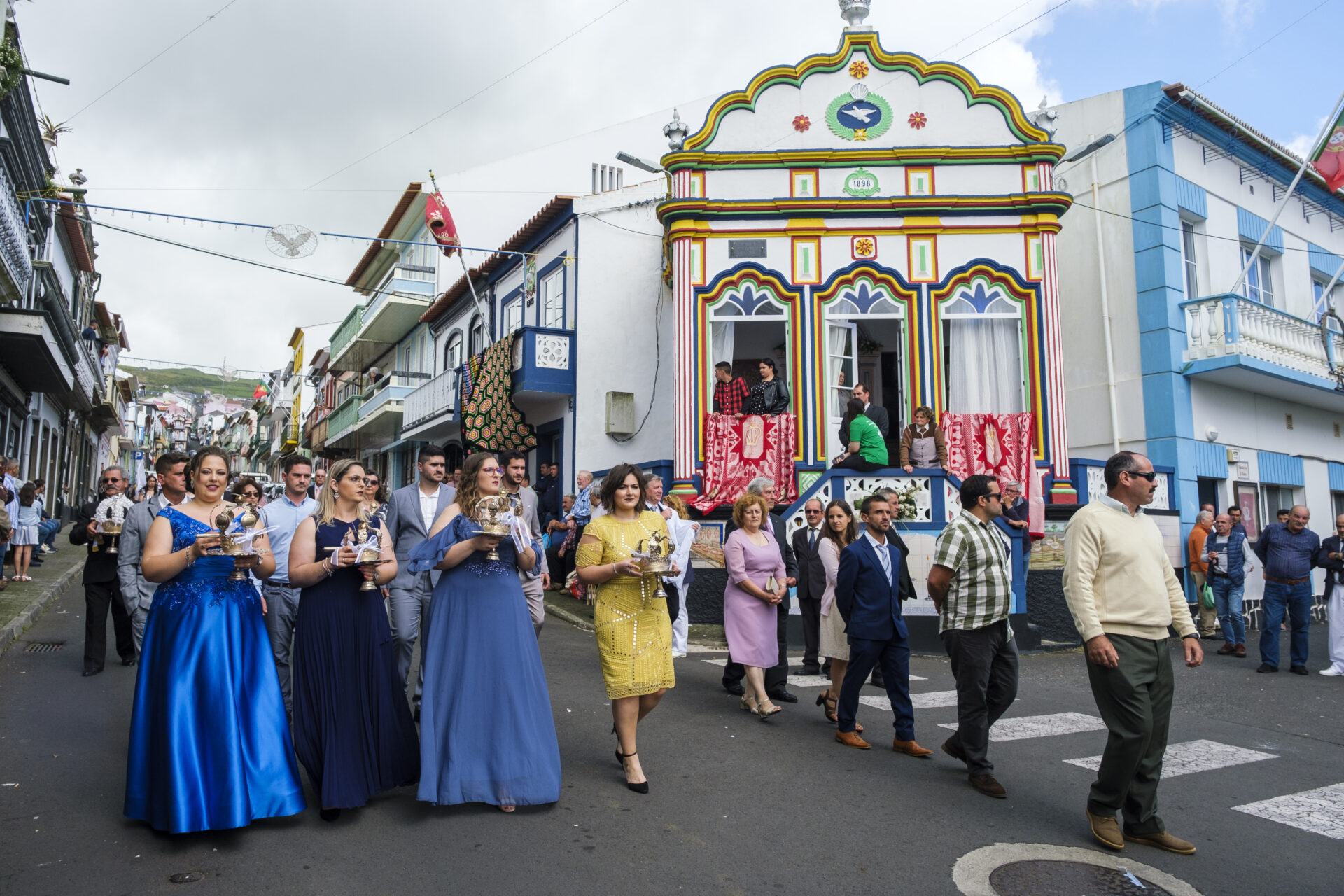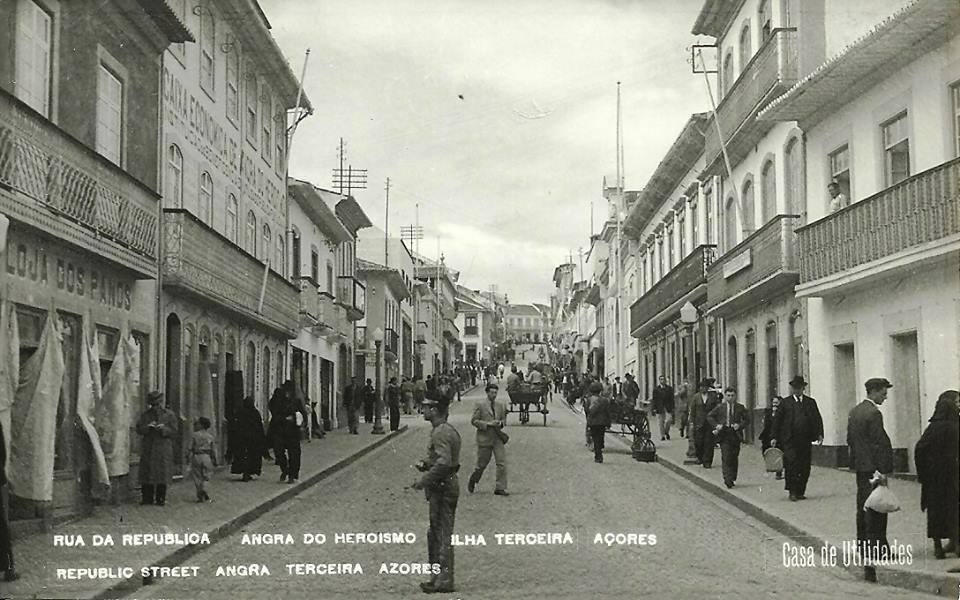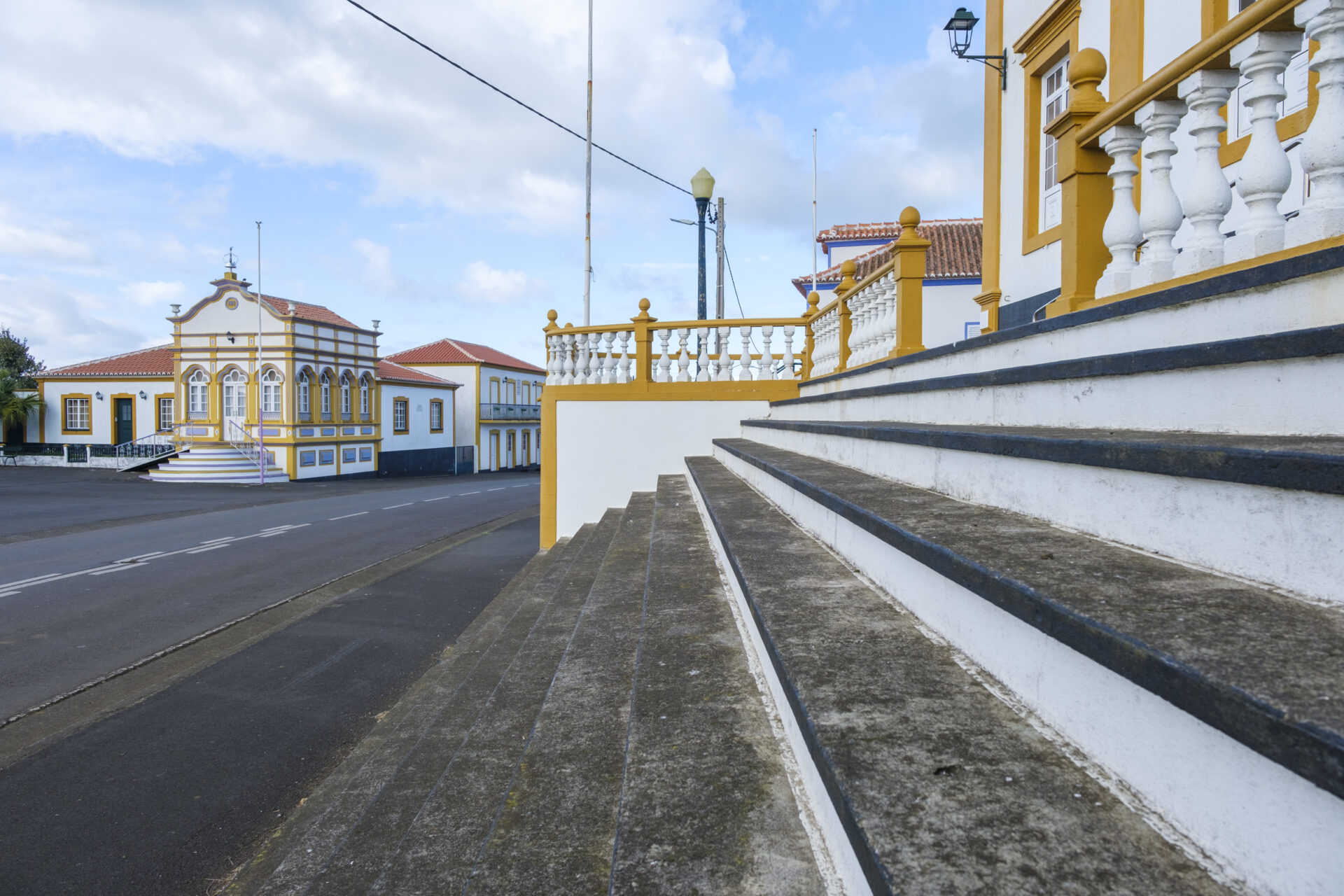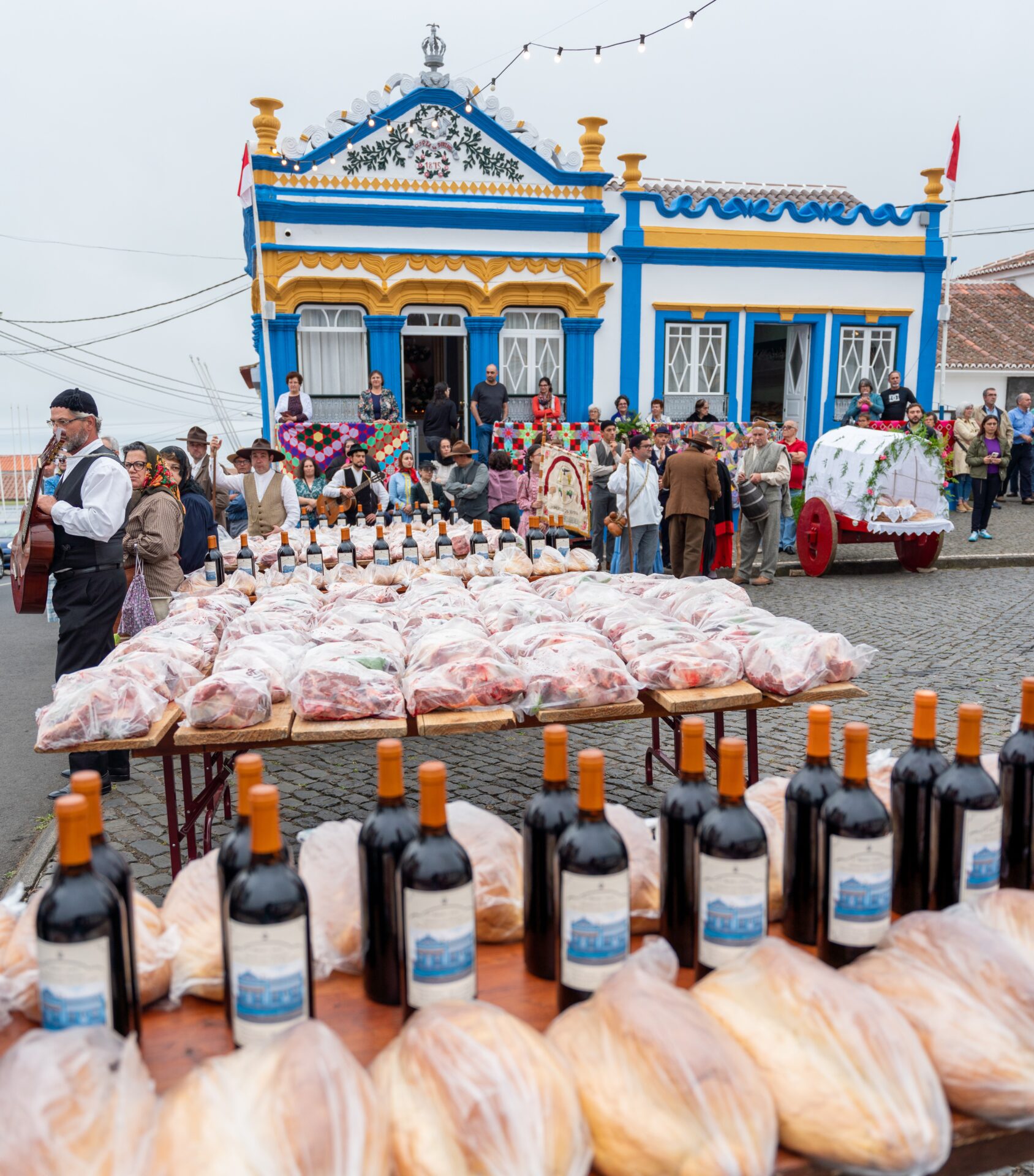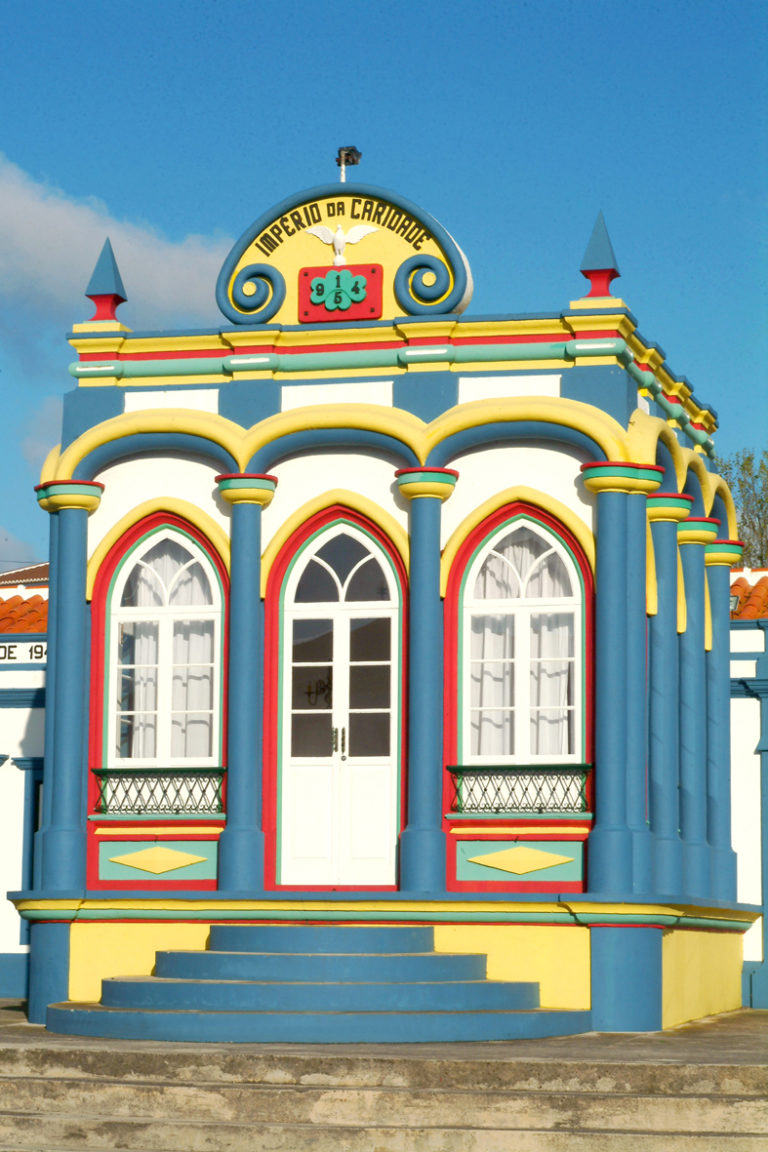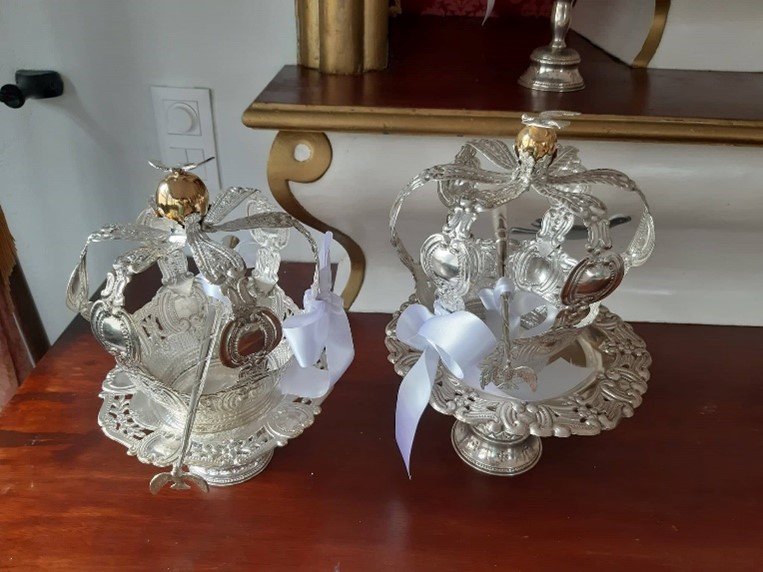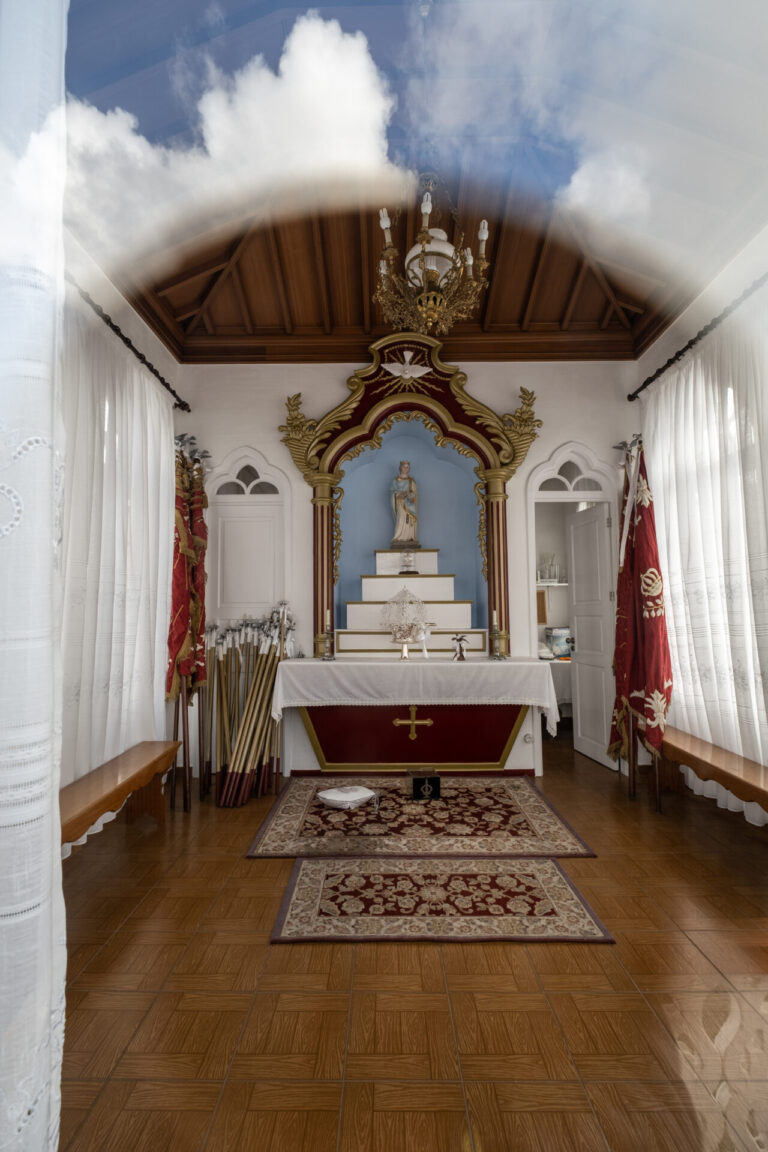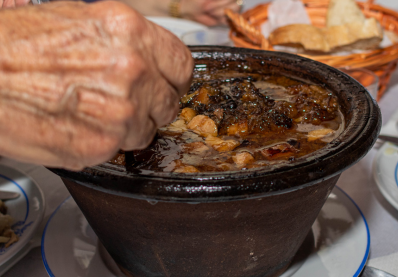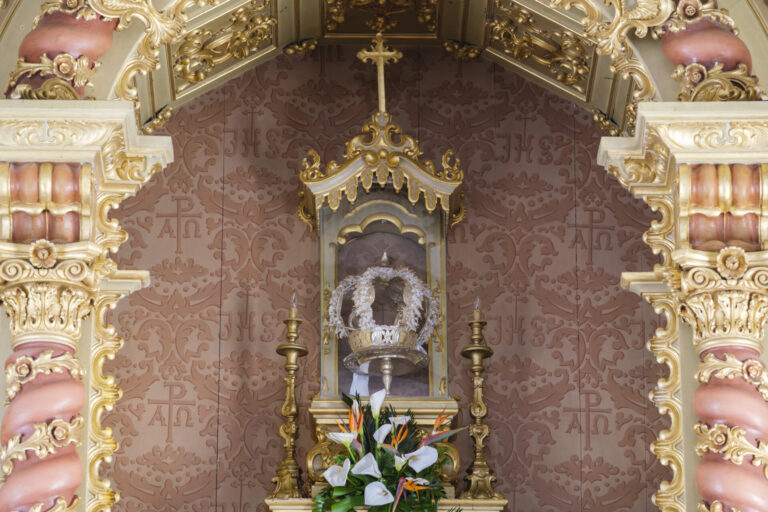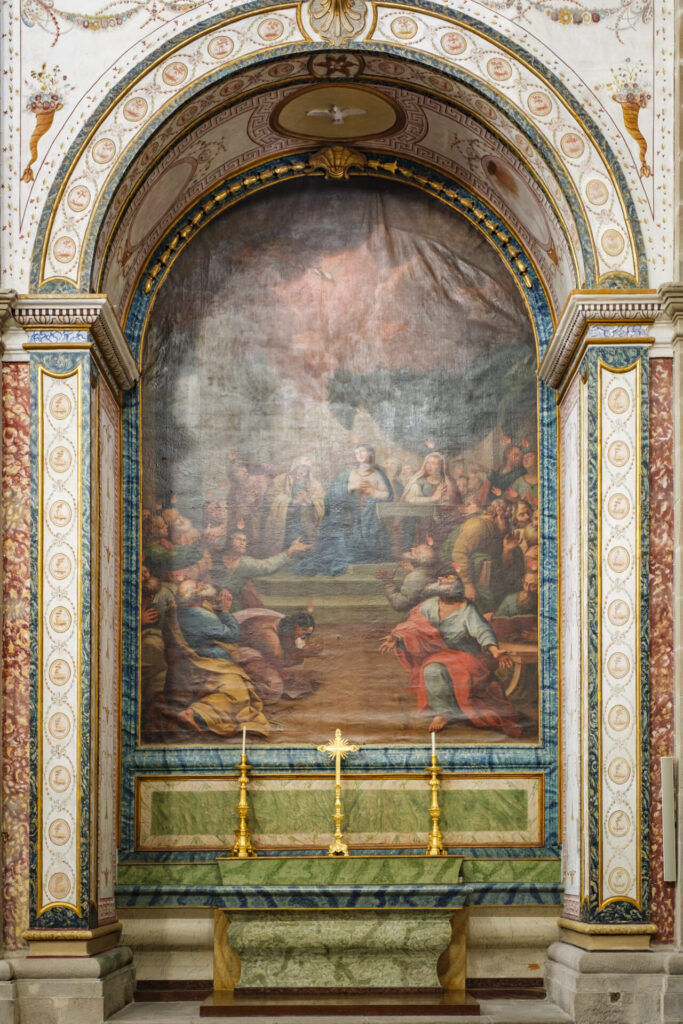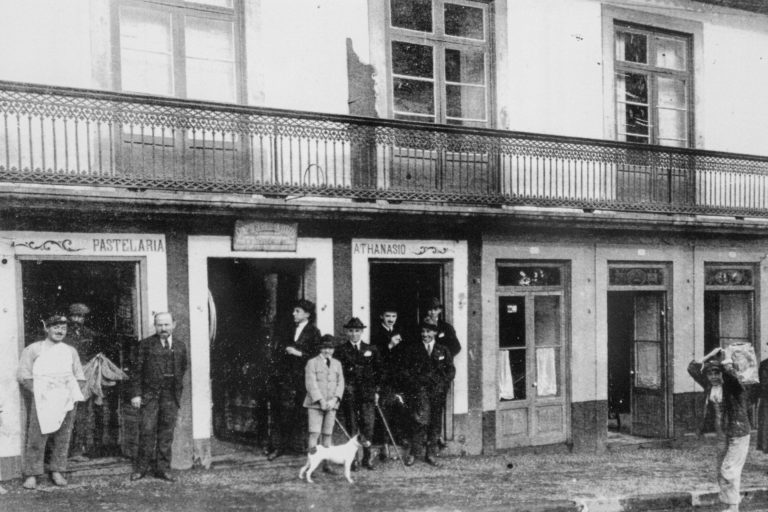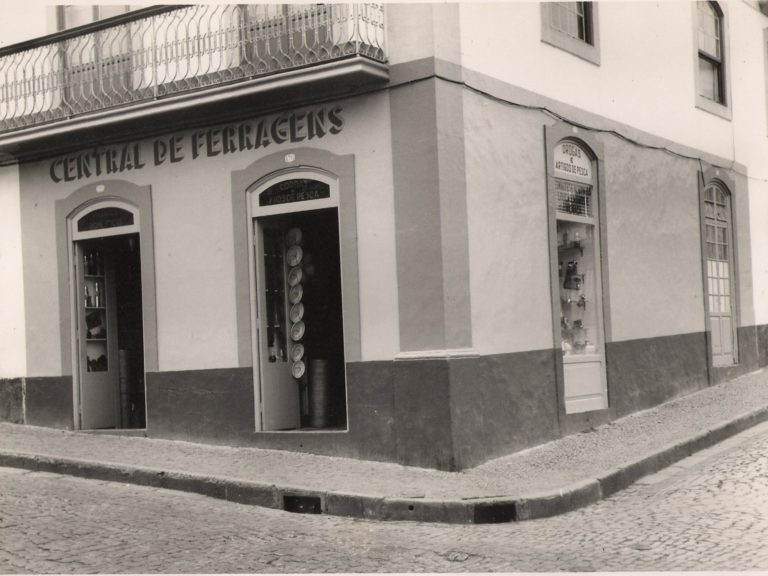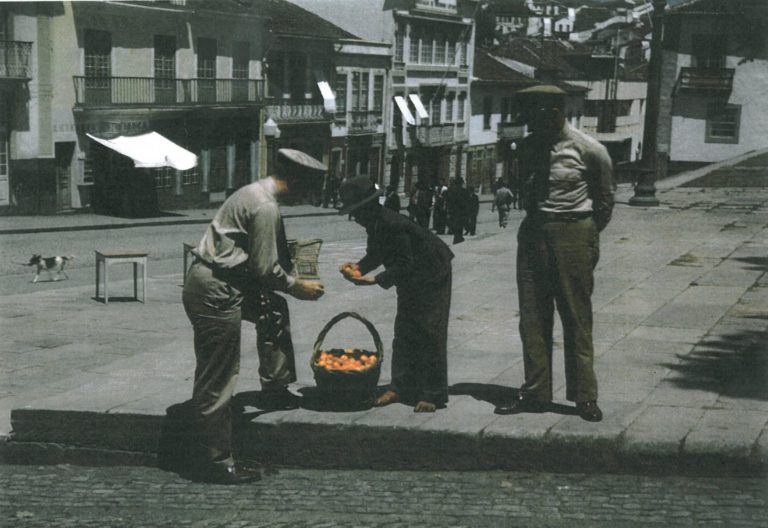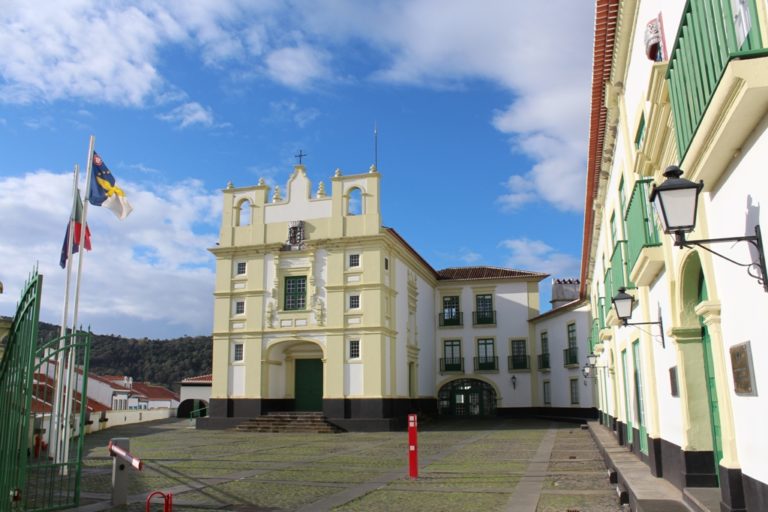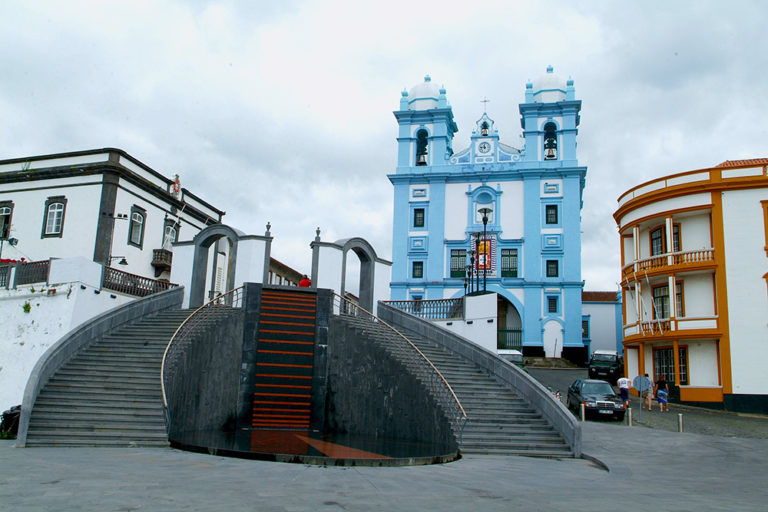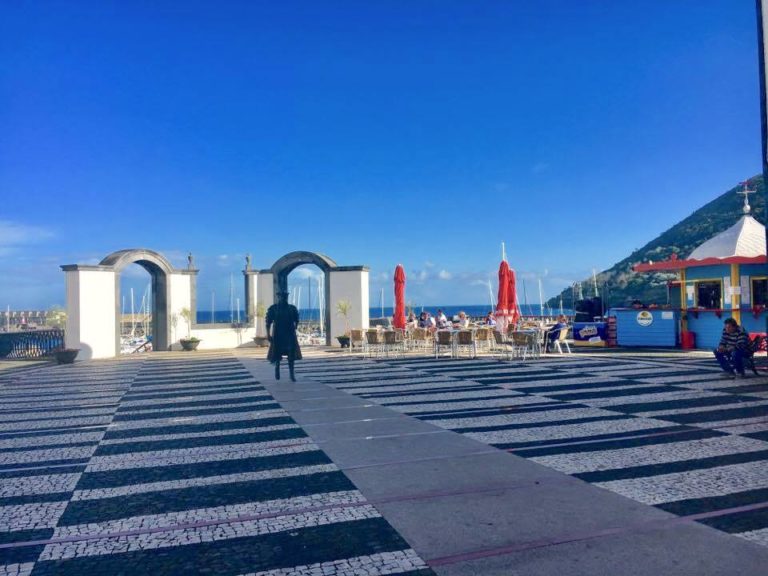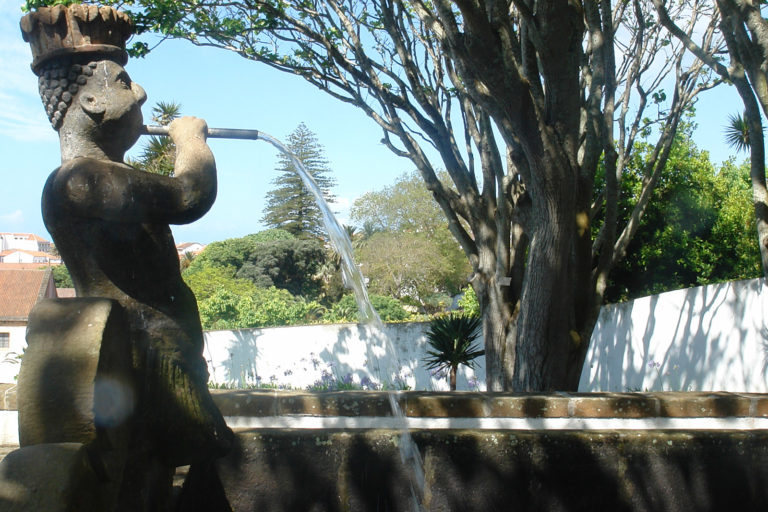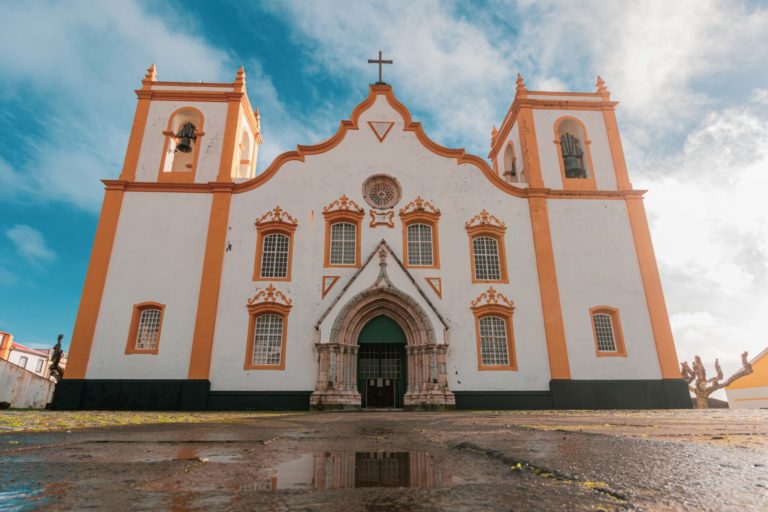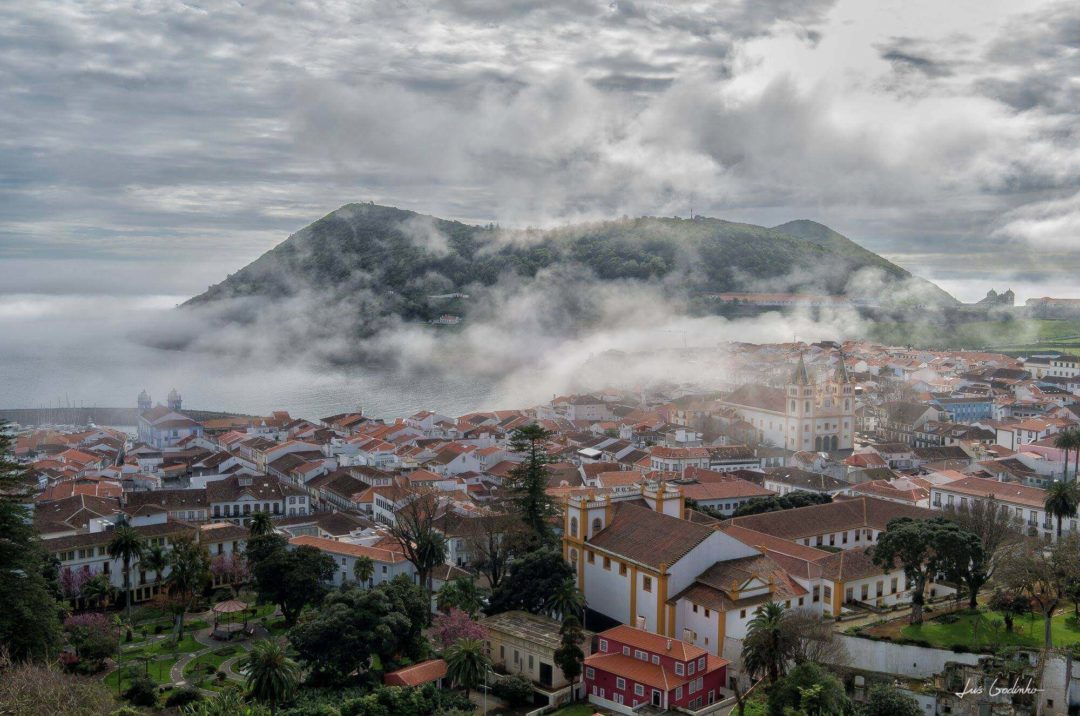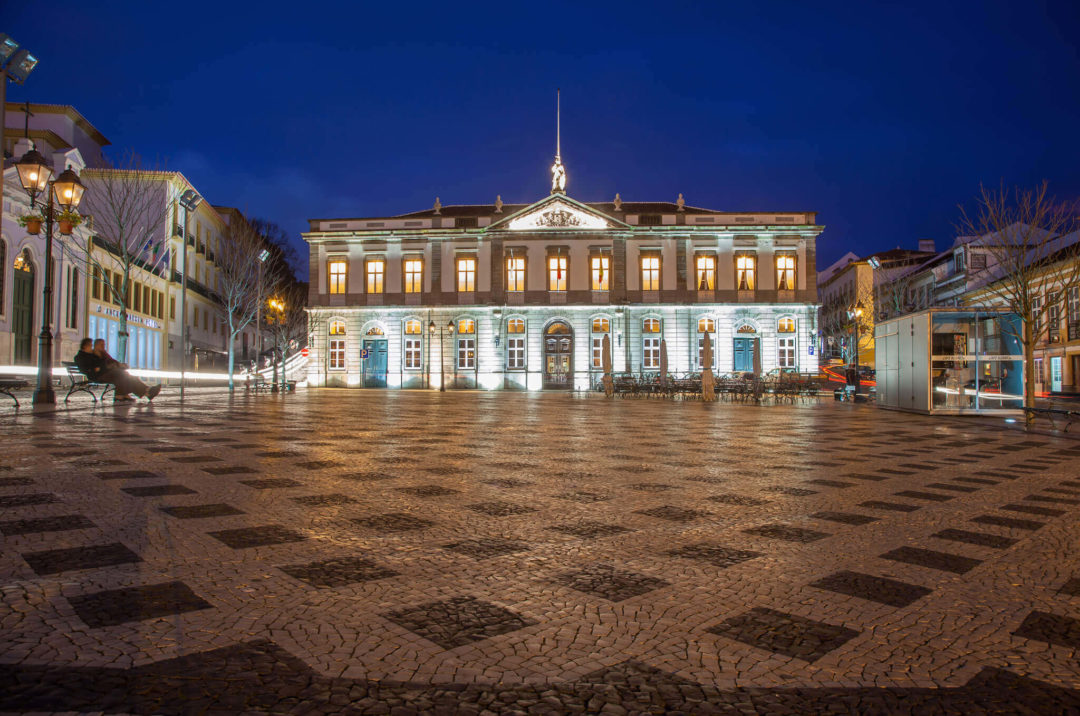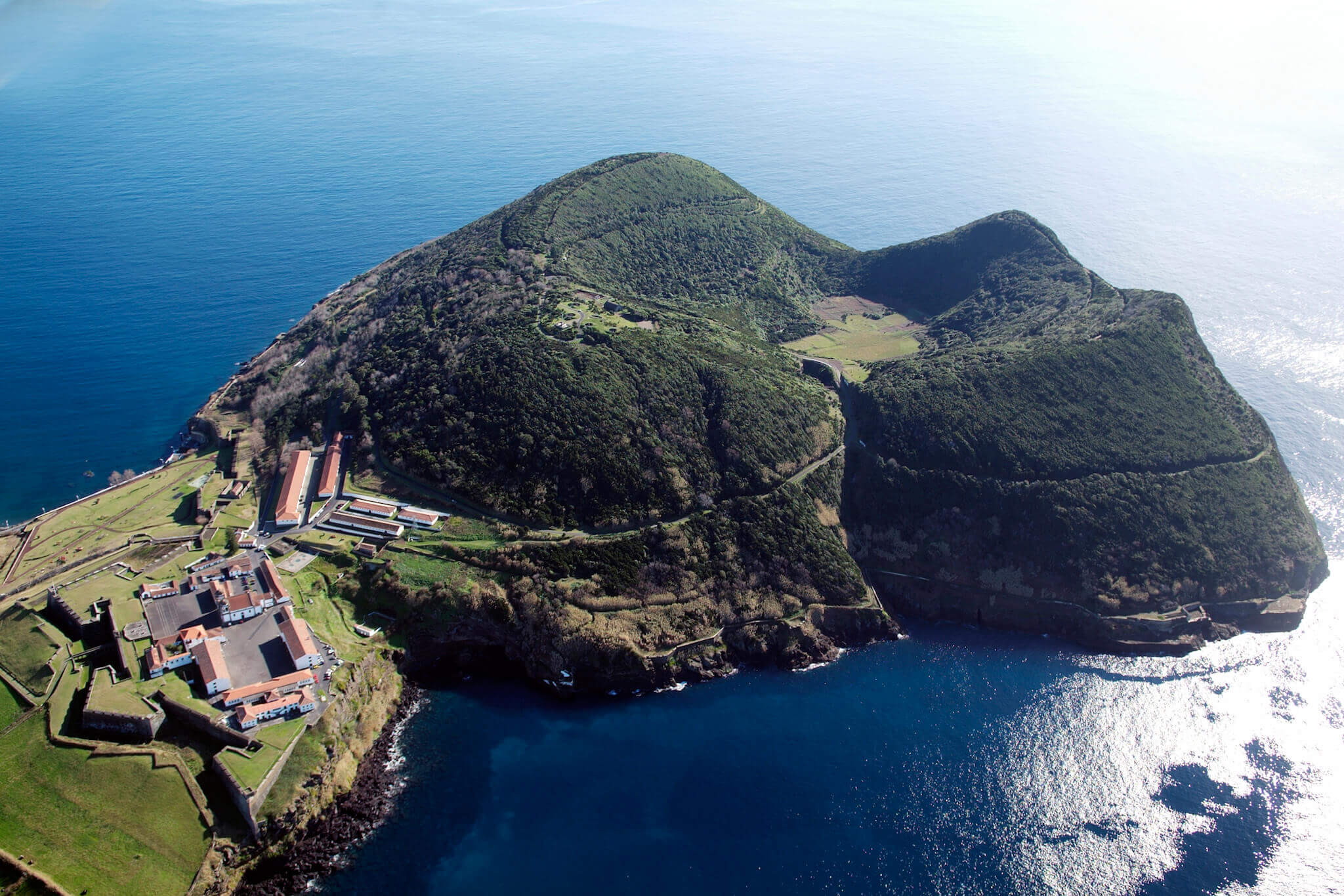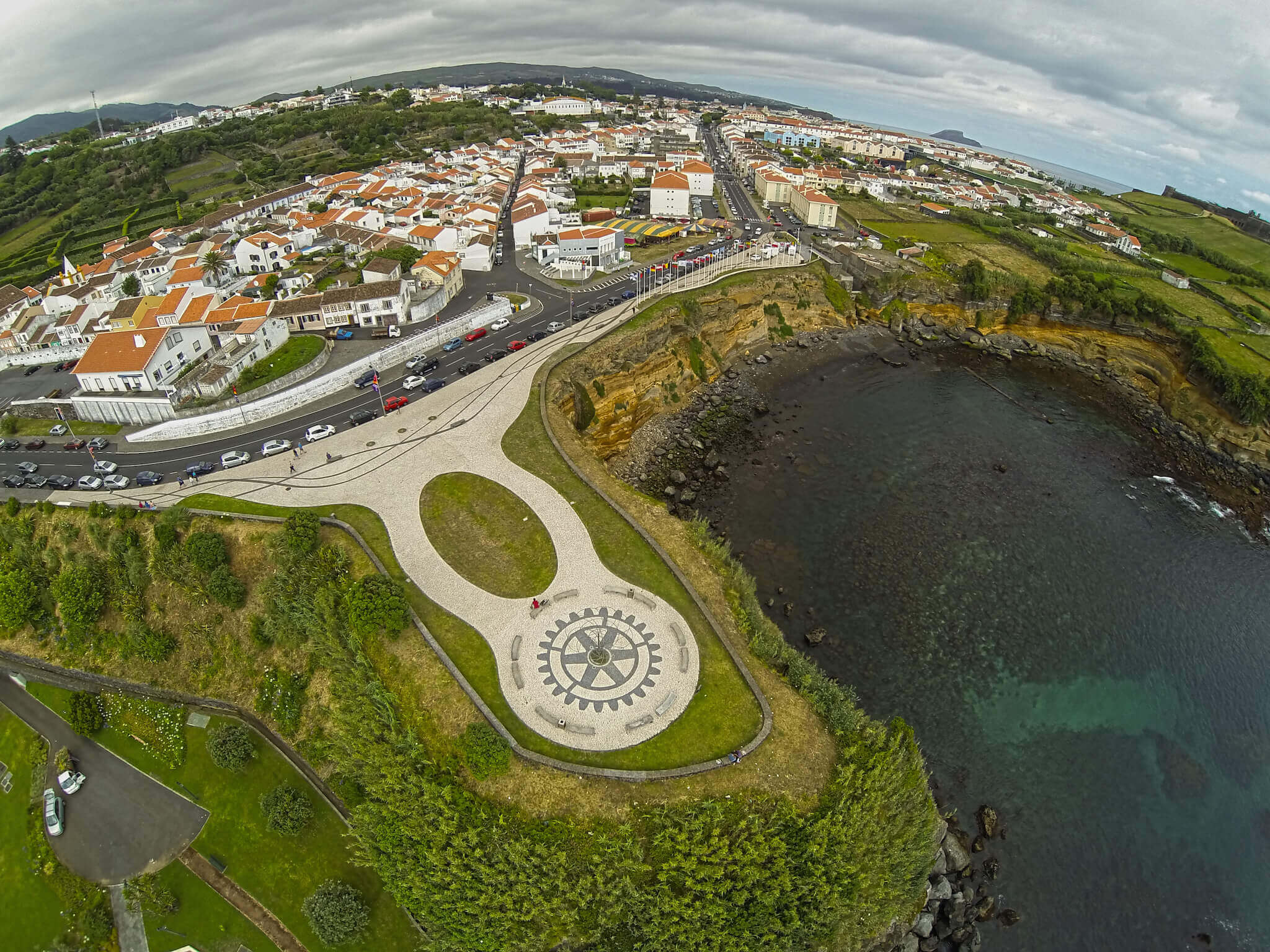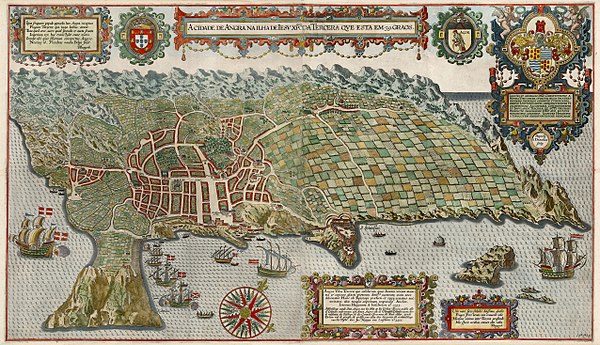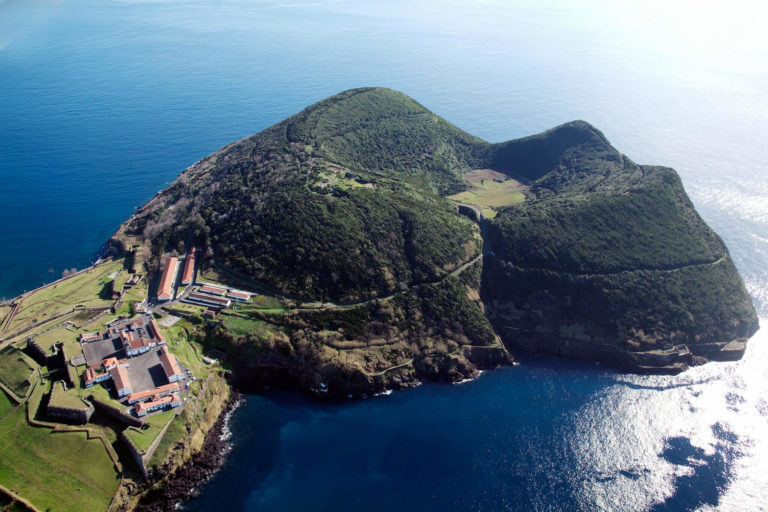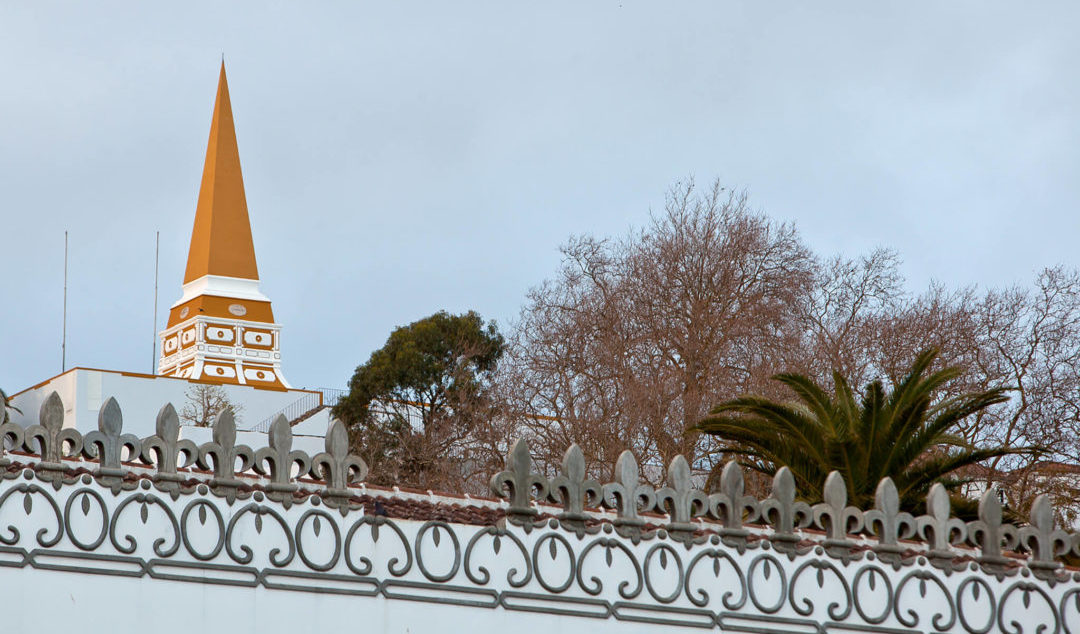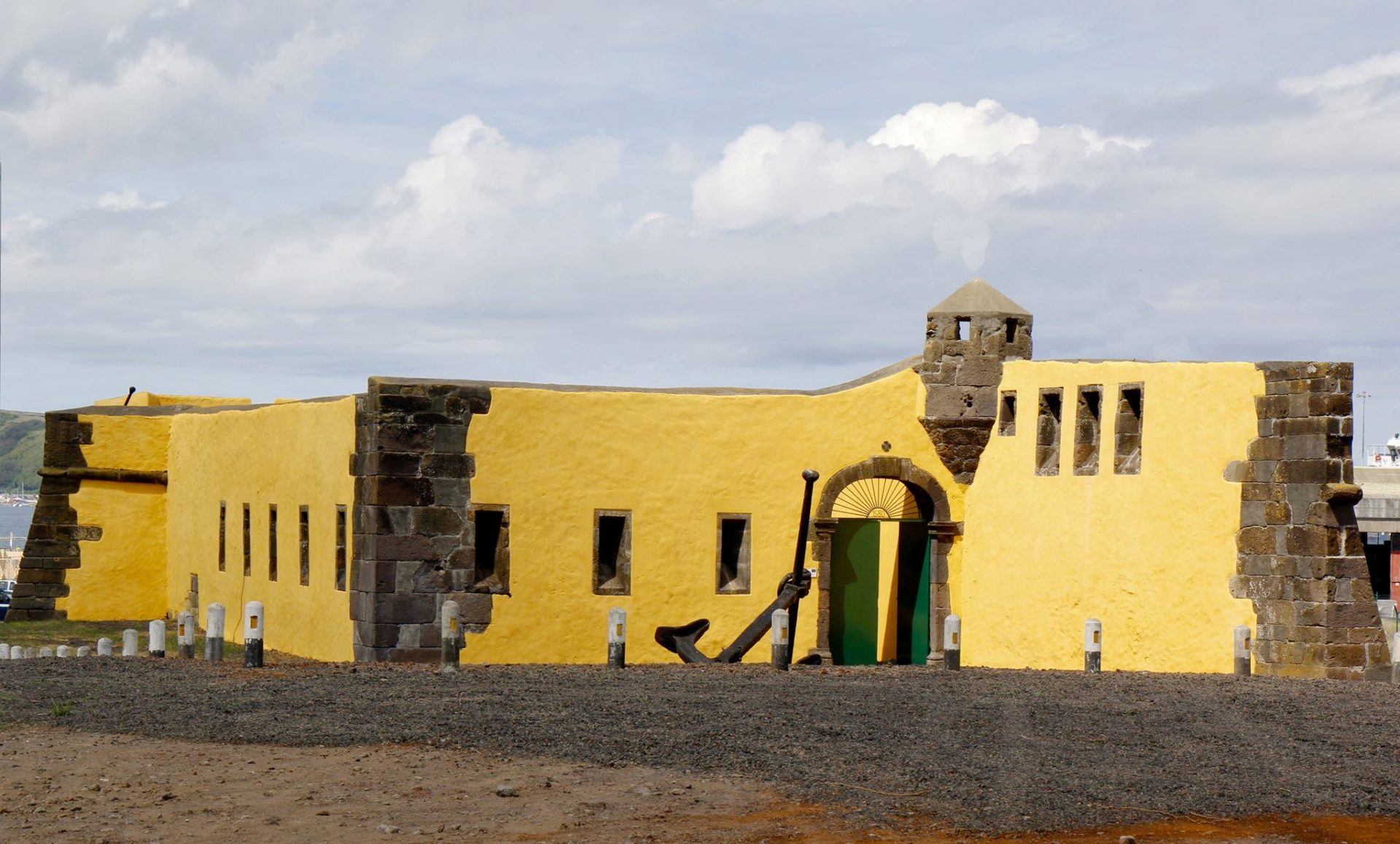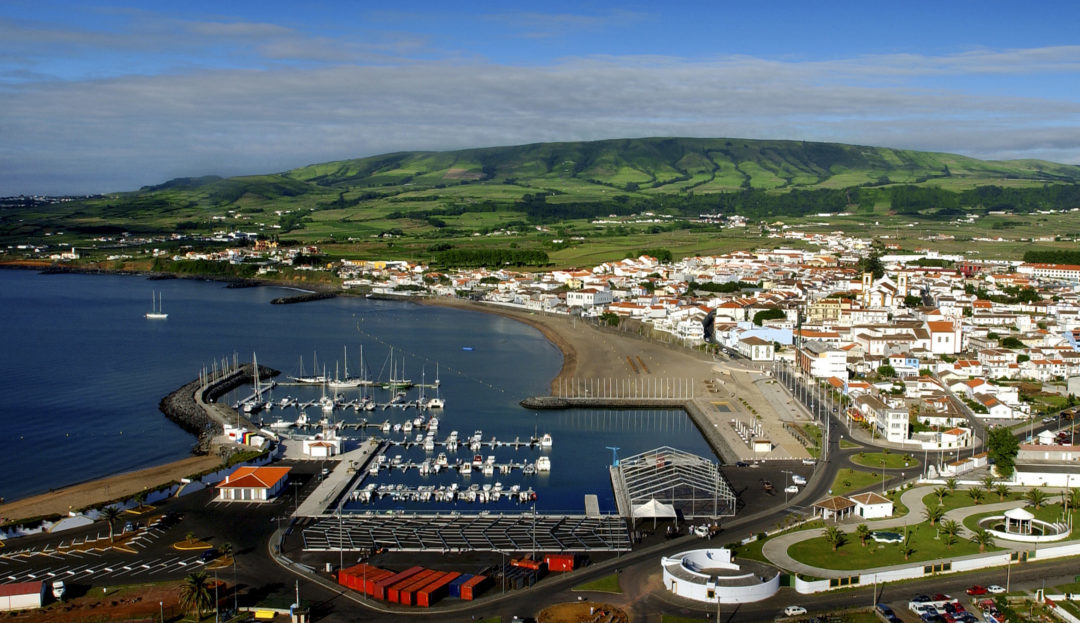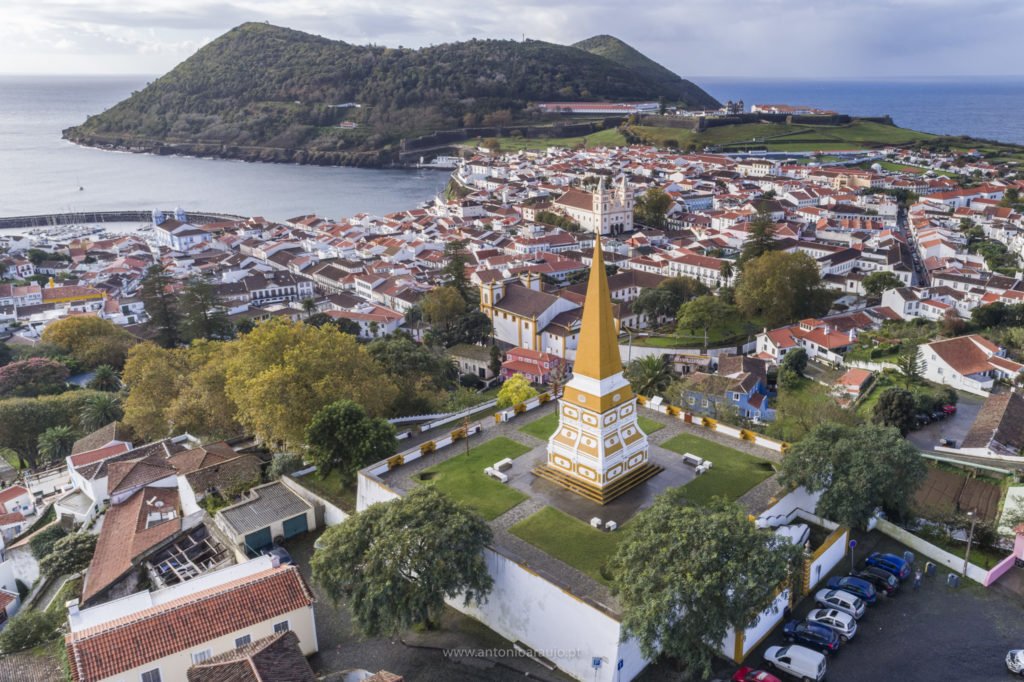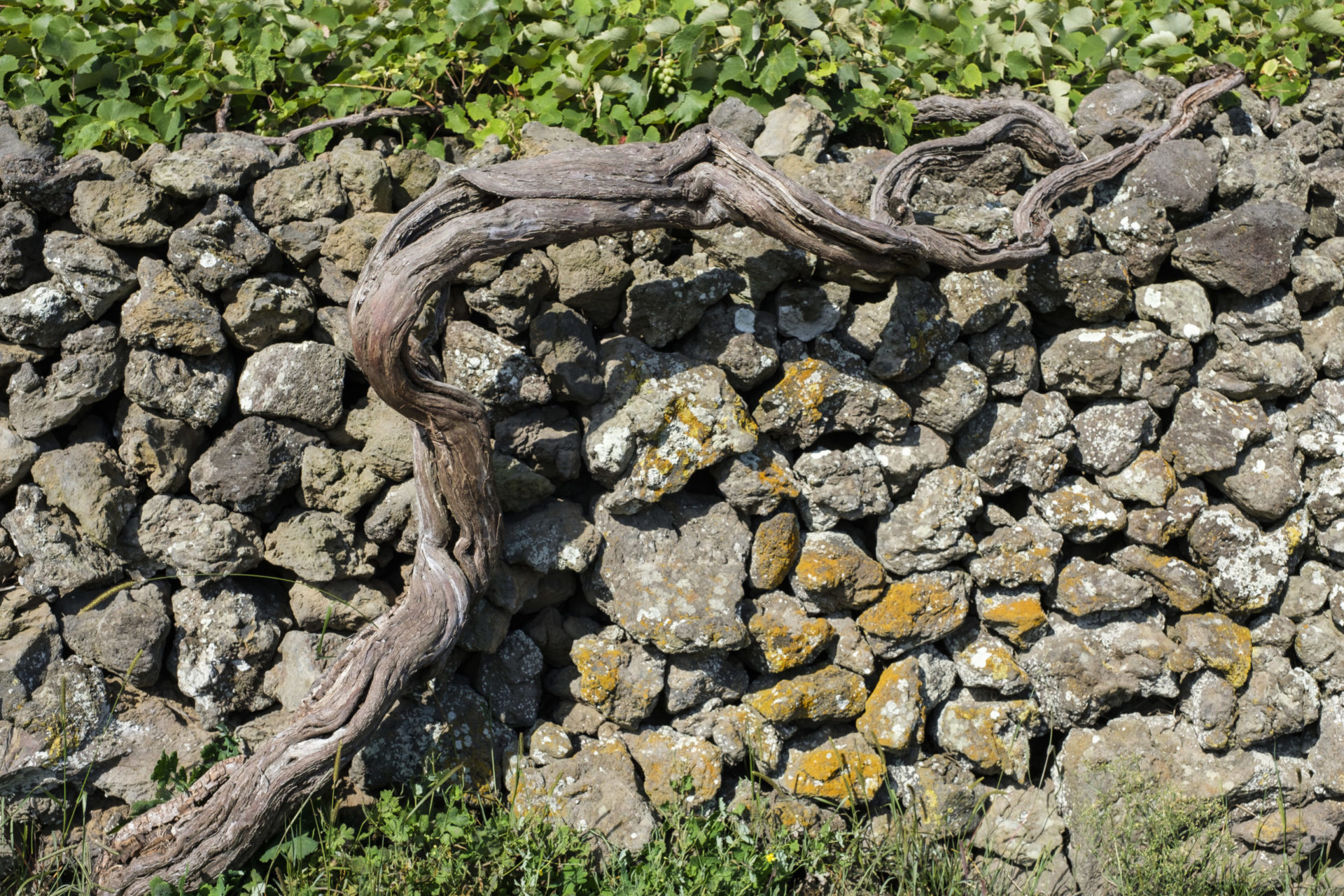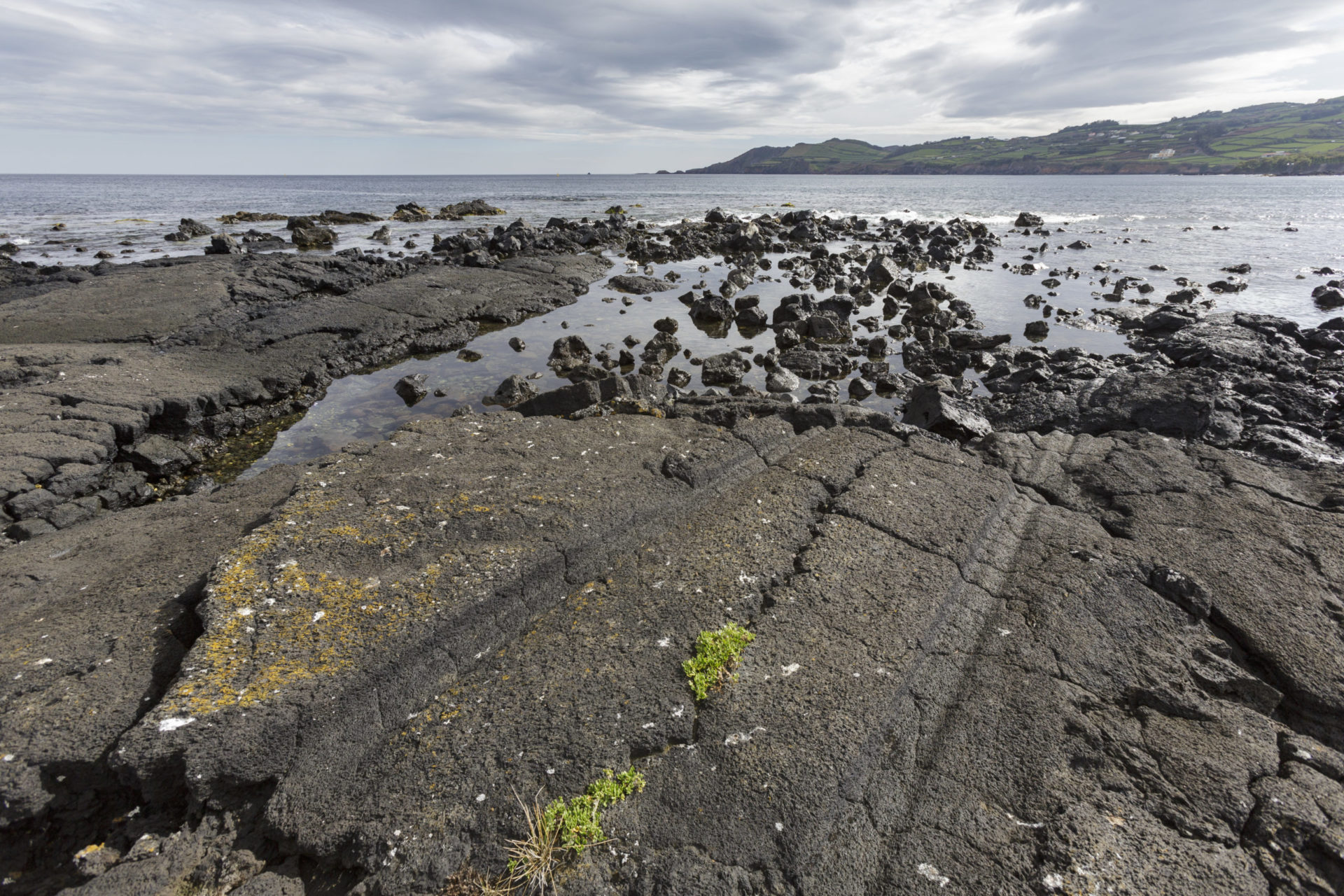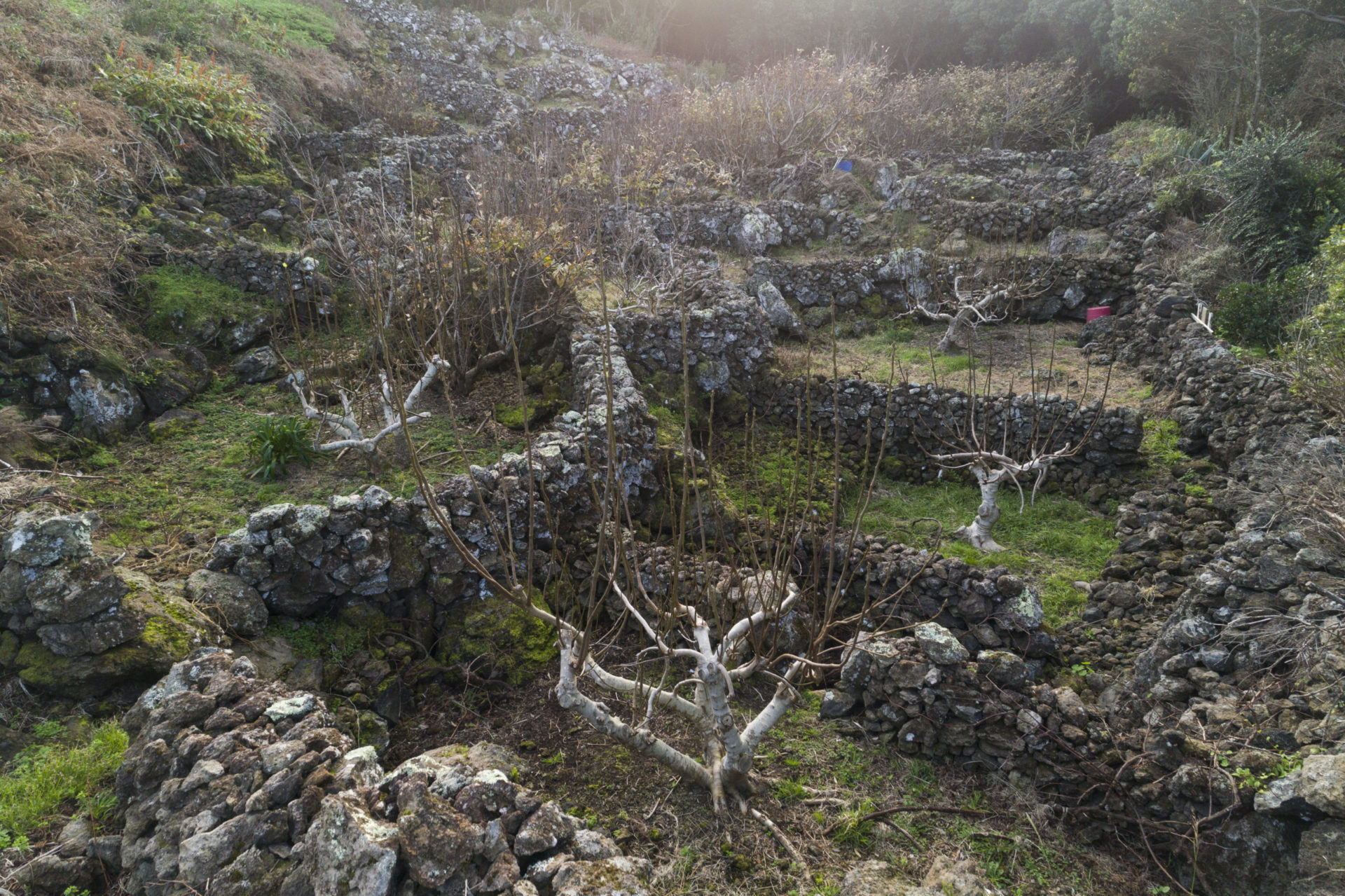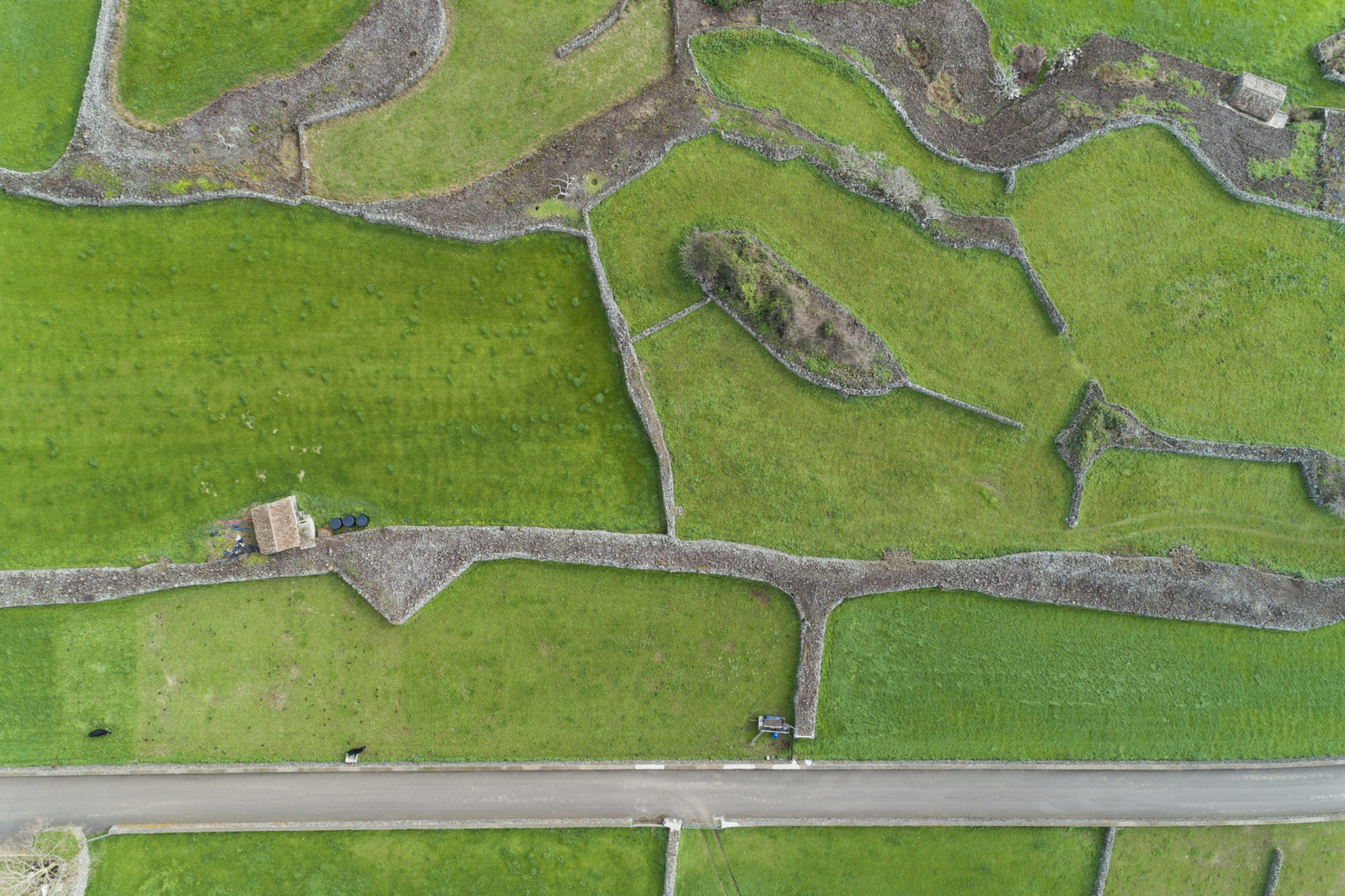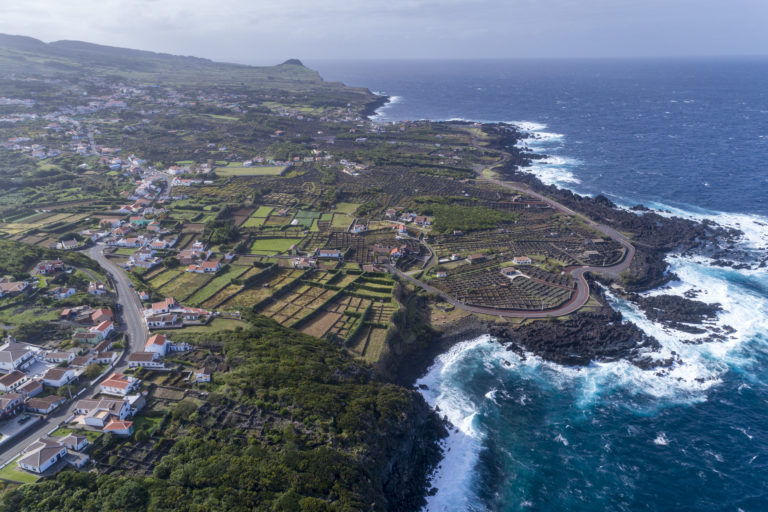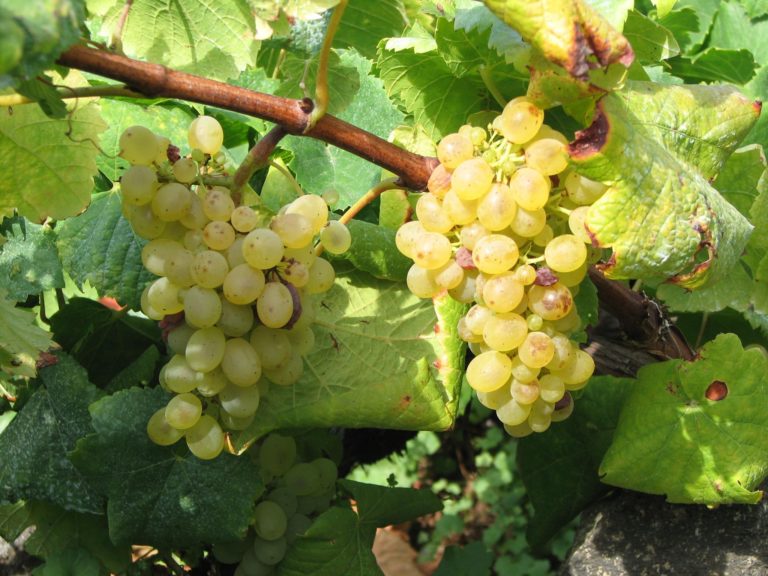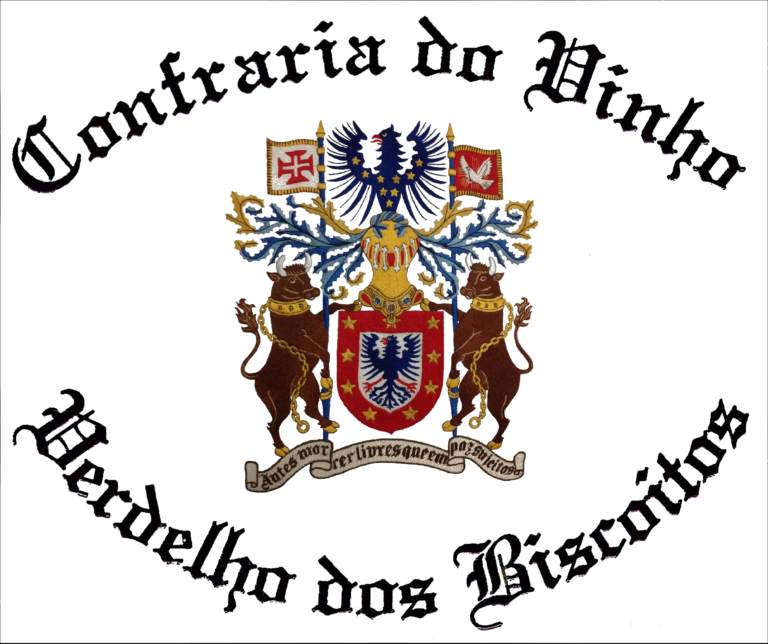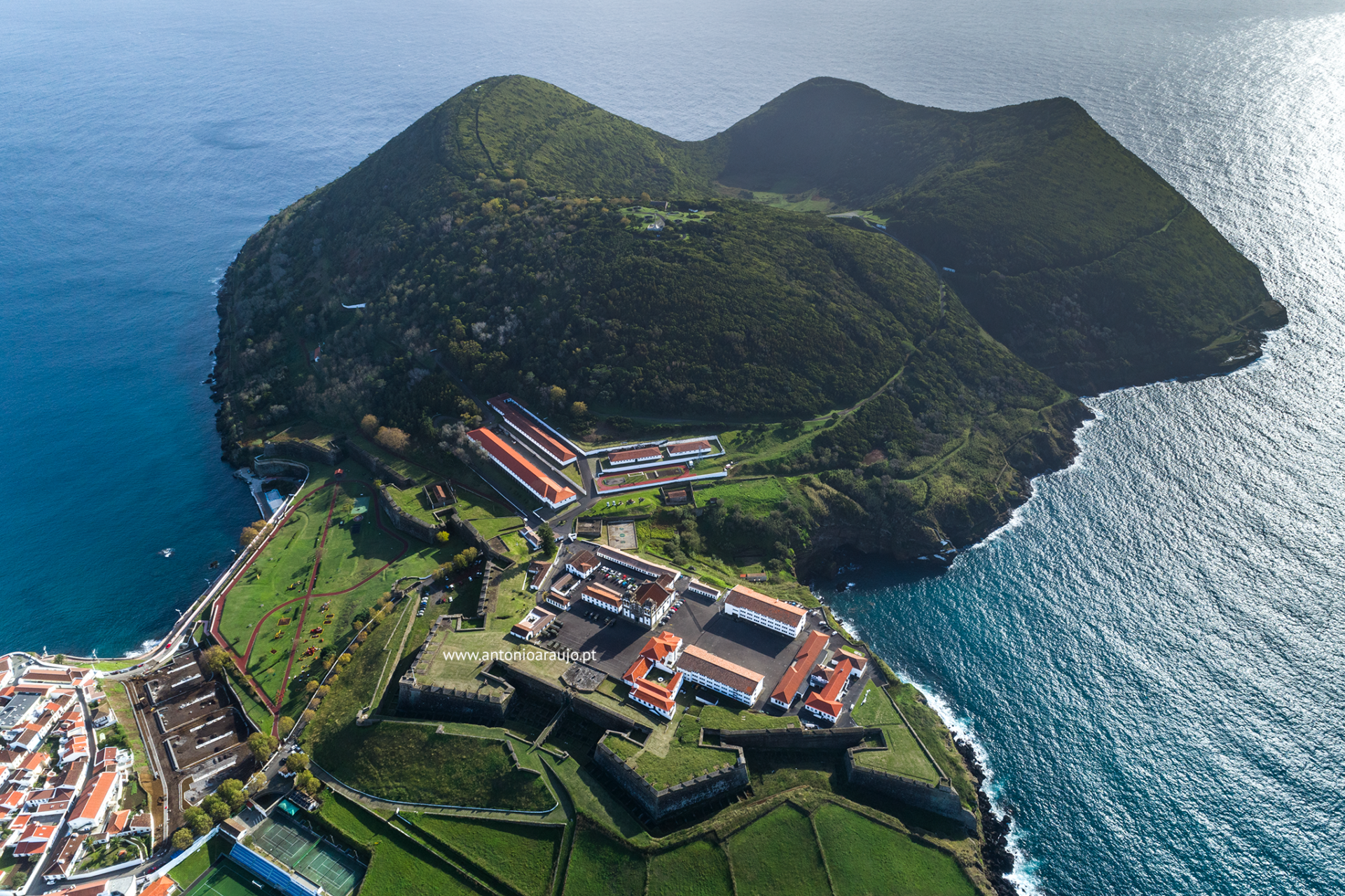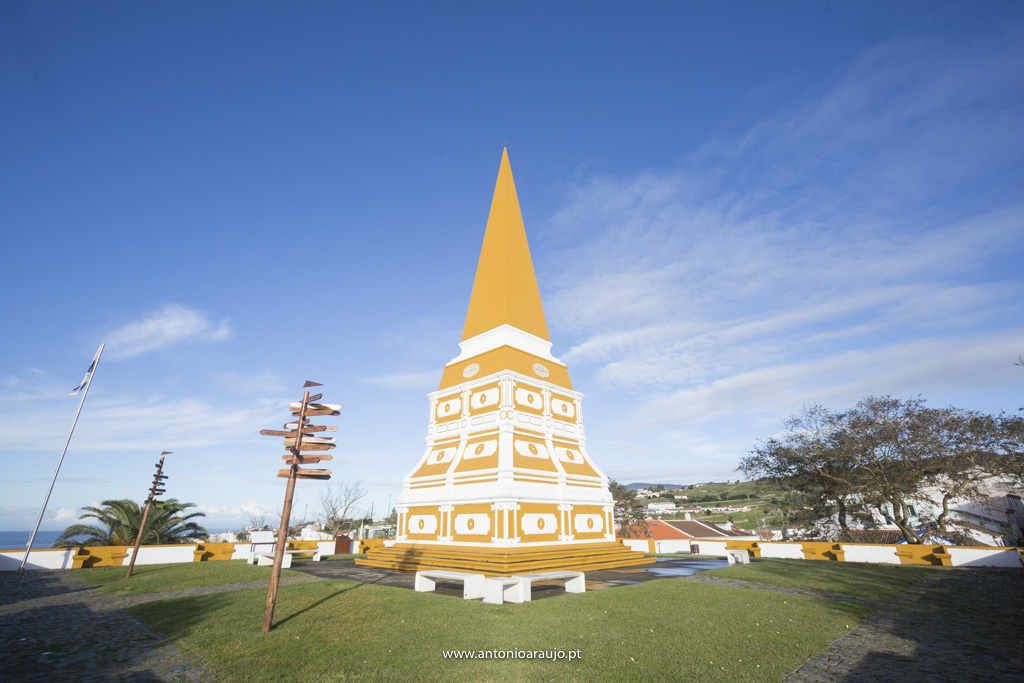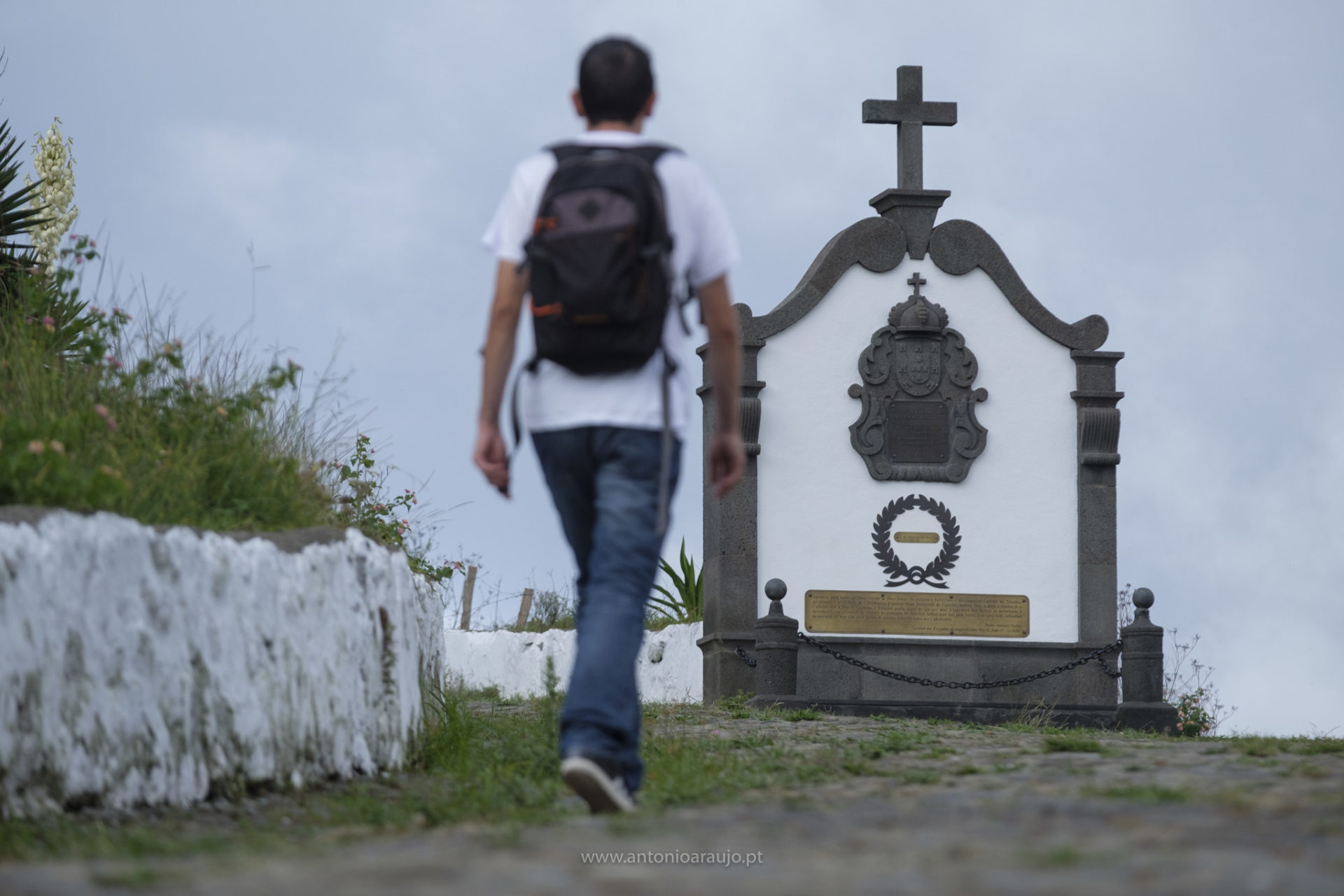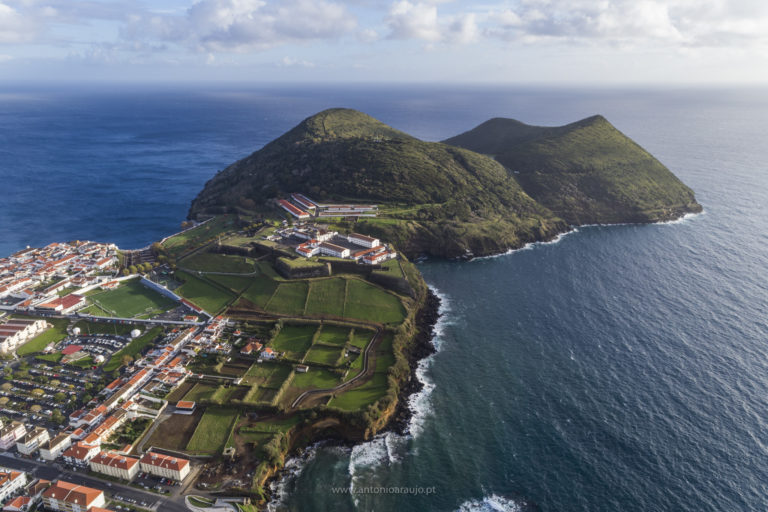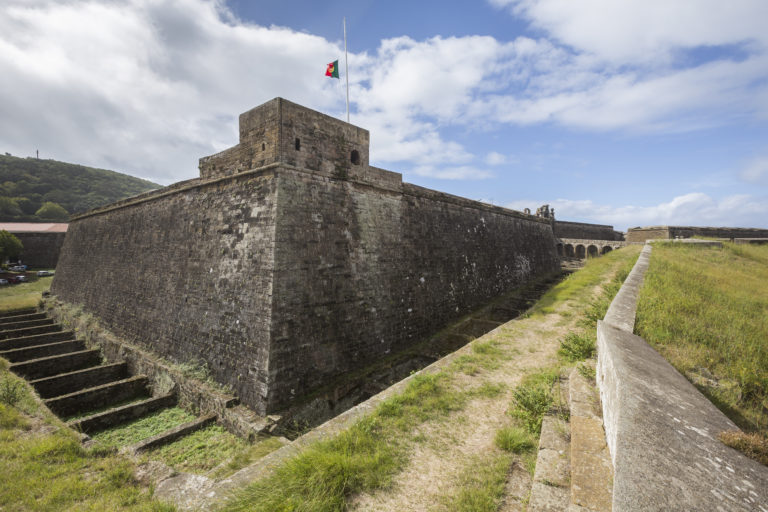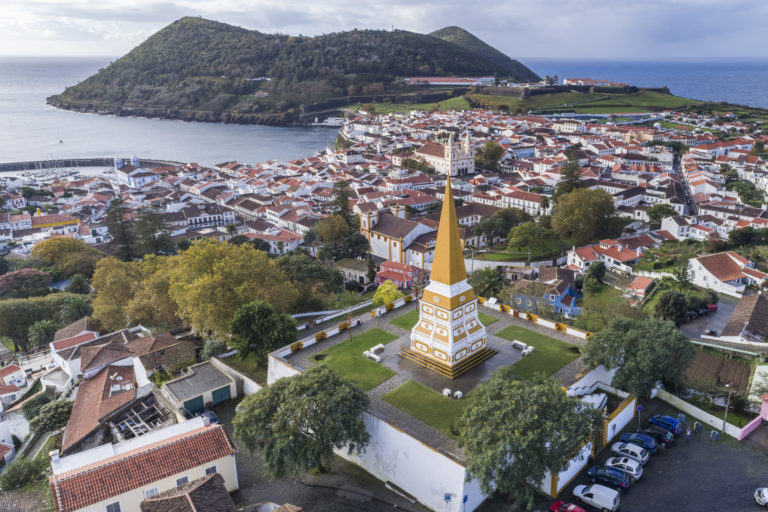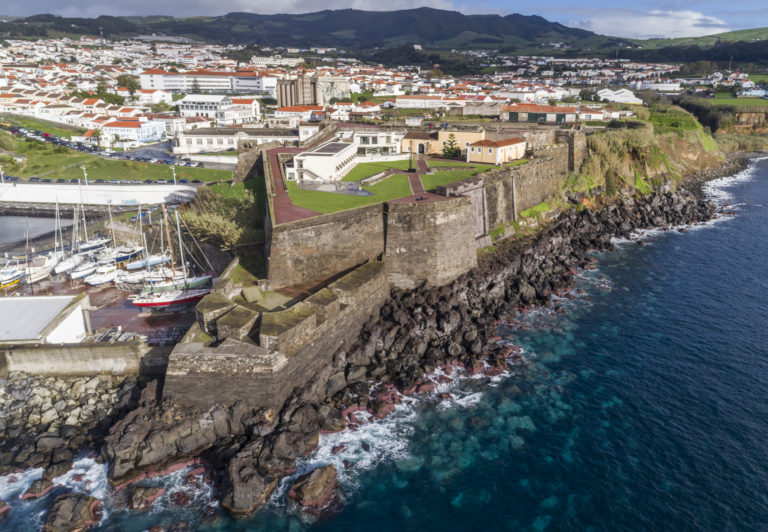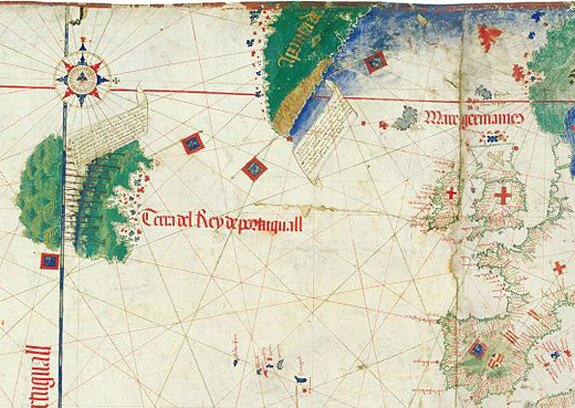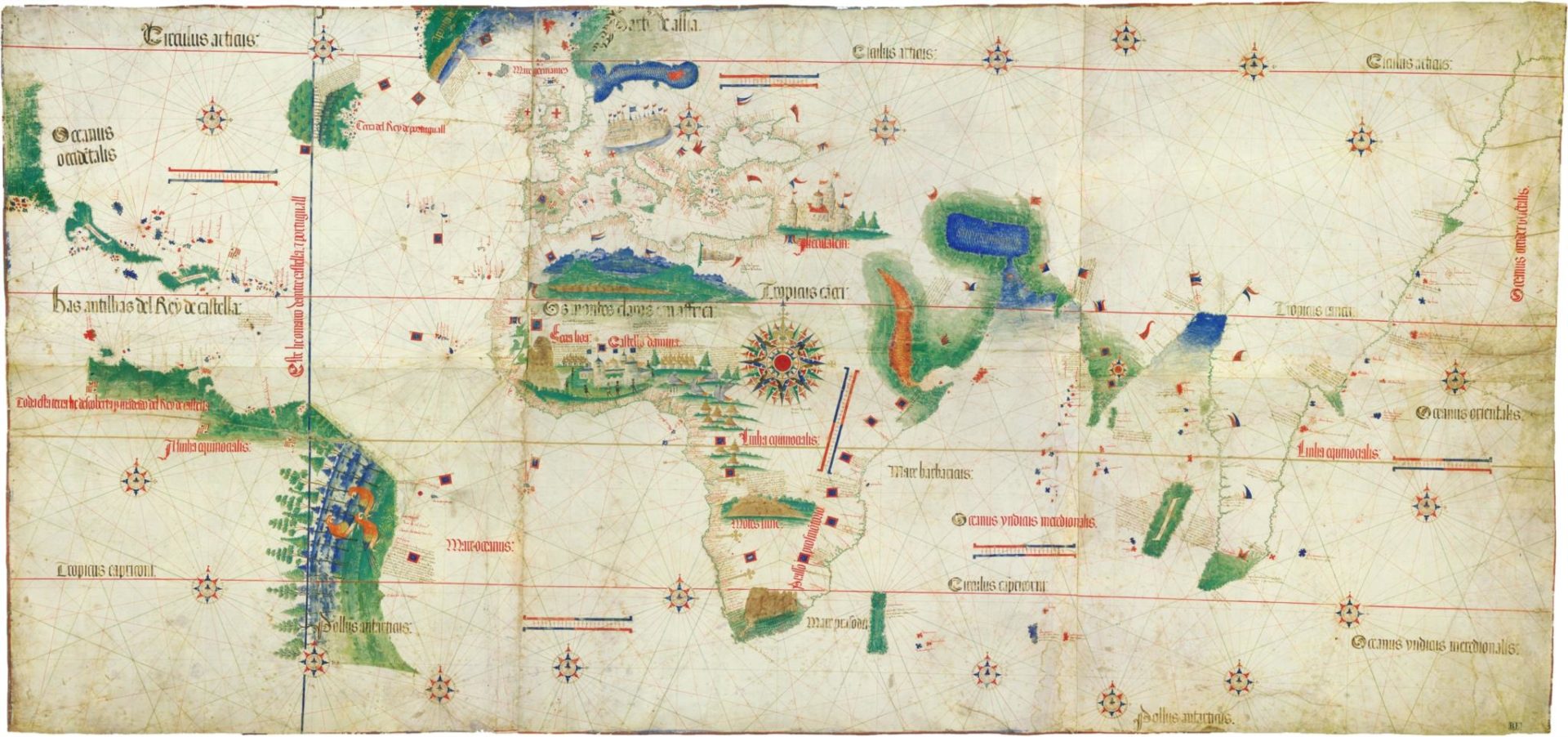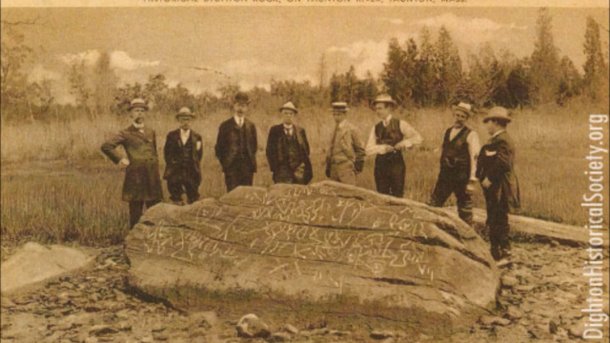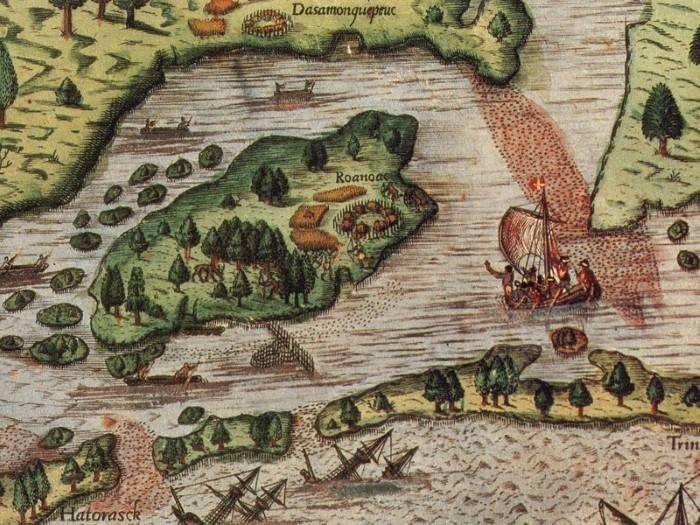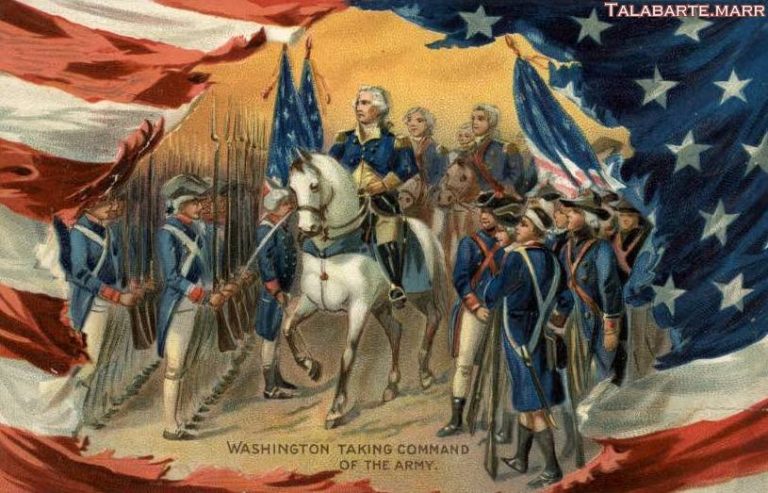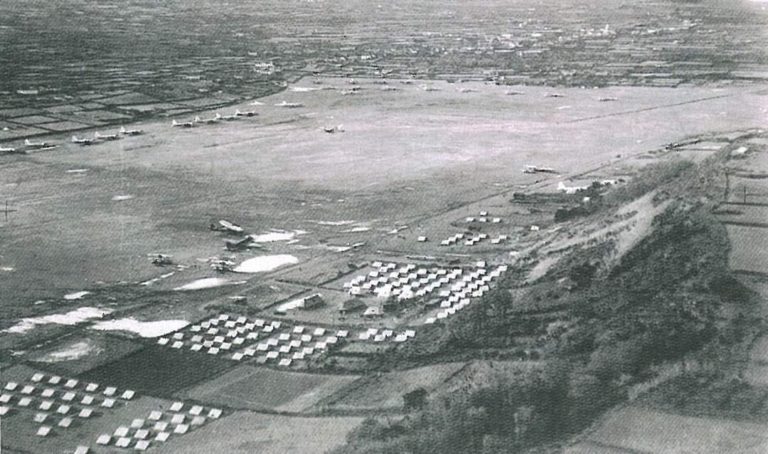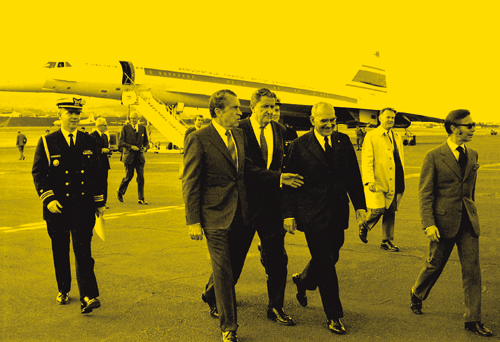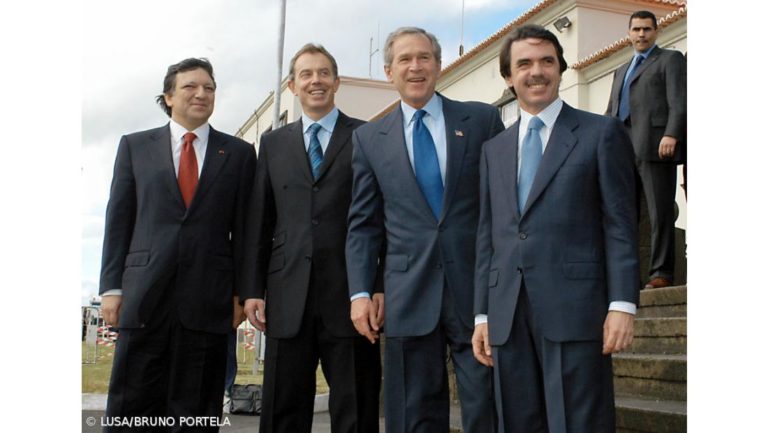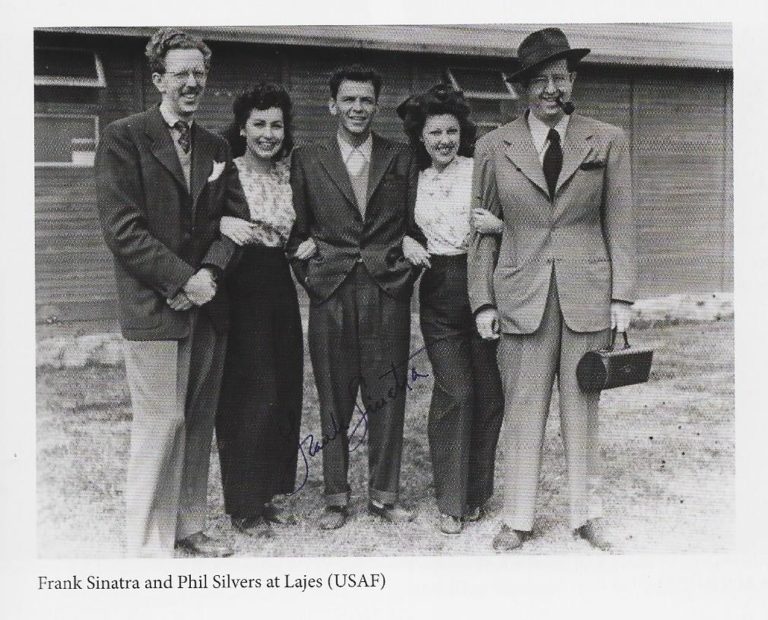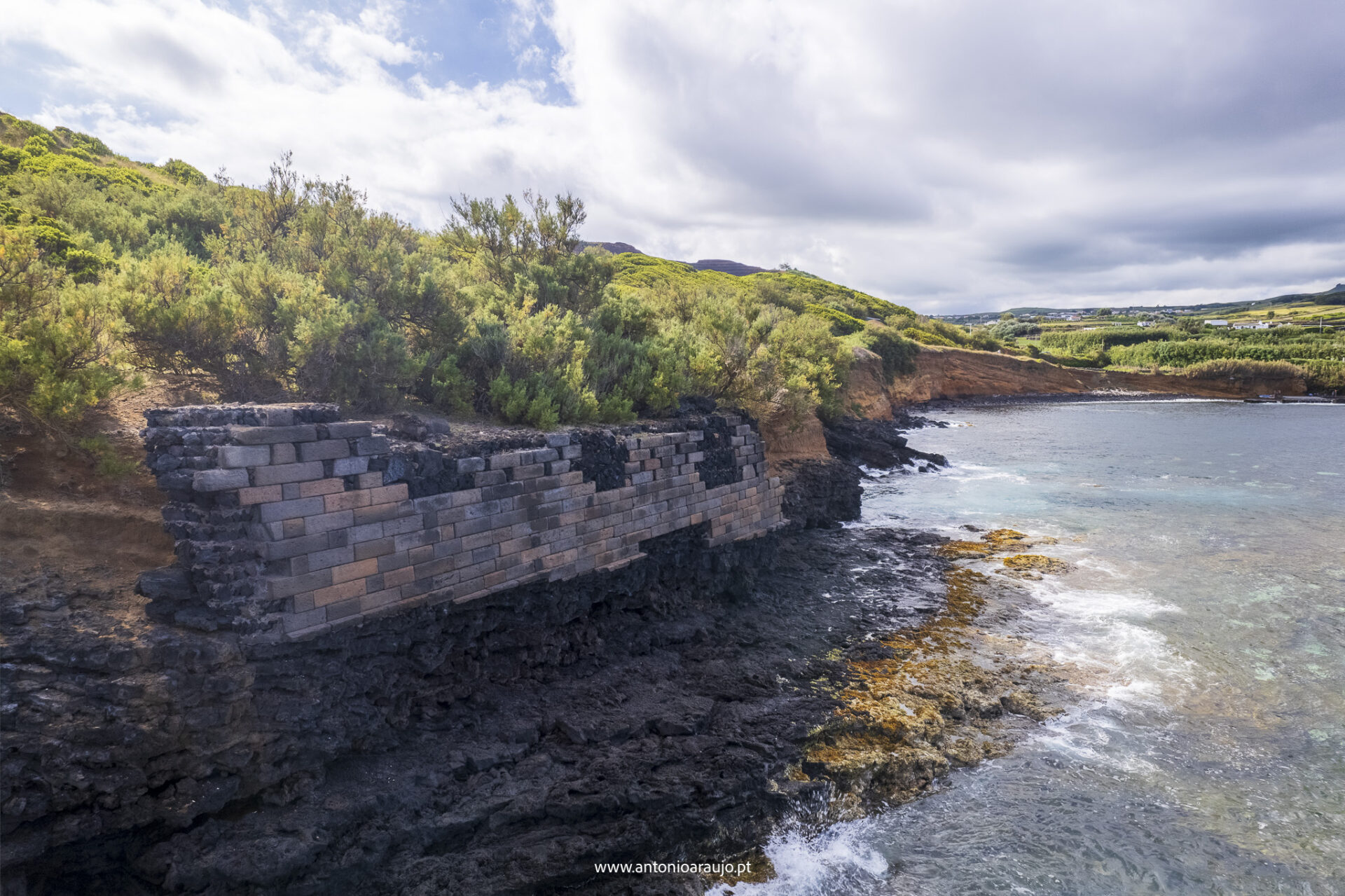
Ships in sight, new tales on the tide!
Throughout the surrounding coast of Terceira Island, defensive forts were built. The first ones resulted from the need to protect ships on the India Route, and many others were commissioned to defend the island from Spanish invaders. Some have disappeared entirely, but traces of more than about thirty can still be found.
- Angra do Heroísmo and Praia da Vitória
- 2 days
- Recommended months to visit January - December
- Locations visible from outside and some locations subject to opening hours
- Low difficulty level
Historical context
In the last quarter of the 16th century, the city of Angra became the most important port of call in the Atlantic on the return journey, and a target for pirates and privateers.
In addition to the growing movement of ships and goods, the circulation of people, particularly skilled artisans, intensified both the construction activity of fortified and defensive structures and interventions in the arrangement of many temples.
In this burgeoning city lay the gold from the mines, the silver from America, the spices from India, and the porcelain from China, and the urban area was built with wide and regular streets, making it the first city with a Renaissance layout in the Atlantic.
In this itinerary, we propose that you appreciate some marks and traces that endure and reveal the passage through Terceira Island of spices and silver
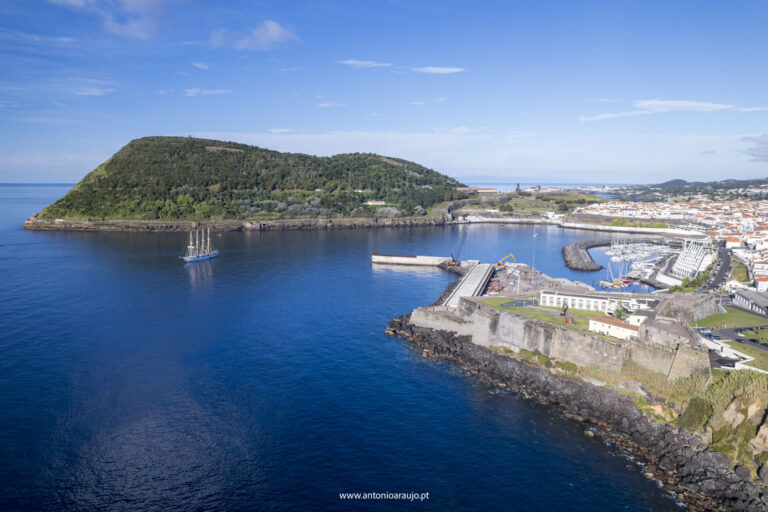
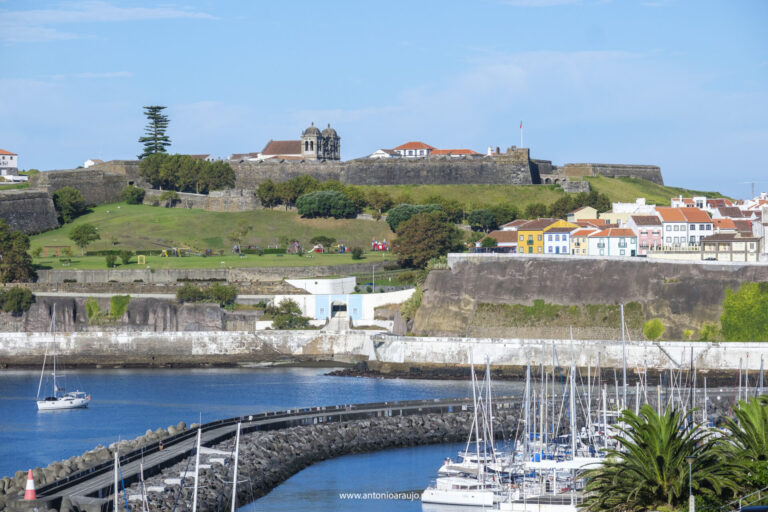
Fortress of São João Batista
During the Castilian rule, the inaccessible natural isthmus that is Monte Brasil was used to build a large citadel to accommodate troops, store supplies, and munitions (in 1591). It had the dual function of safeguarding and preventing external attacks as well as controlling and subduing the city that had previously resisted the Castilian invaders. The Fortress of São Filipe, later renamed to São João Batista after the Portuguese Restoration of Independence, is shaped like a polygon, and its walls are topped with advanced bastions. It has been classified as a “Property of Public Interest” since 1943.
Also, visit the São Sebastião Fort, or Castelinho
Wall of Praia da Vitória
Between Salga and the former town of Praia, the entire shoreline is a low, pebble-stone coast brimming with forts and defensive redoubts. It was described by the historian Gaspar Frutuoso in the 17th century as a town encircled by sound walls, with its forts and bastions all around, populated by noble and long-standing residents, and one of the oldest settlements on the island. A stretch of this wall can still be found along the waterfront. However, the lack of definitive dating makes it uncertain whether it is contemporary with Frutuoso’s description.
Visit Igreja Matriz da Praia da Vitória, observe its elements related to various construction periods
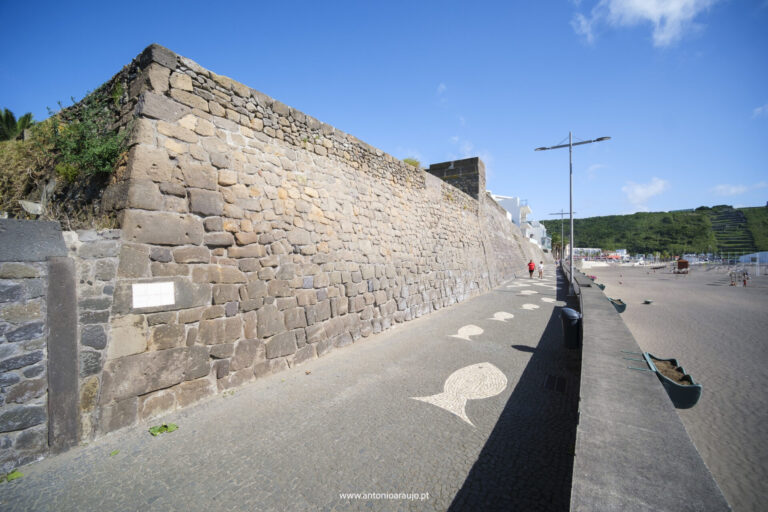
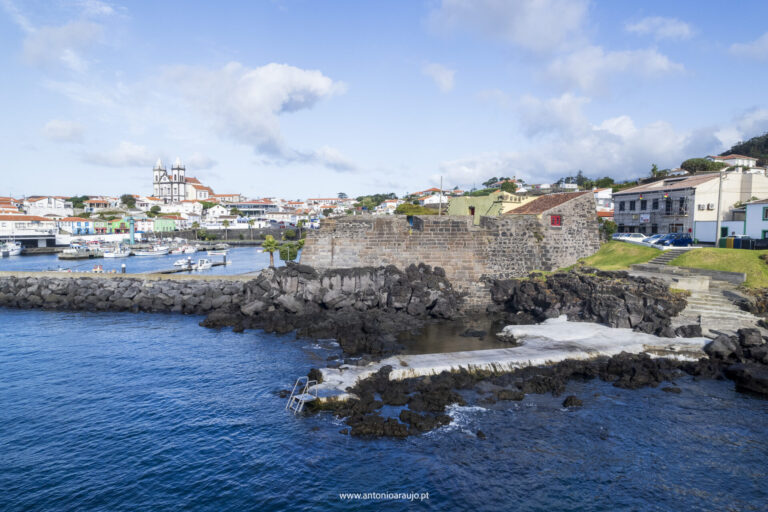
Forte Grande de São Mateus
Forte Grande de São Mateus (Large Fort of São Mateus) was built in 1567 and, like other forts on Angra’s western coast, crossfired
with the others while safeguarding that stretch of coastline. It remained in good condition until the 20th century and was once again garrisoned by the military during World War II.
In this village, you will also find the Fort of Negrito, commissioned by Ciprião de Figueiredo in 1581
Baía das Mós
Extending from Salga, the Baía das Mós also faced the genuine possibility of enemy landing, leading to the construction of the
Fort of Greta and the Fort of Santa Catarina das Mós between 1580 and 1583. A protective wall connected them and was later reinforced with the construction of Fort of Bom Jesus in 1644. The entire area recalls the Battle of Mós in 1583 when Álvaro Bazán, Marquis of Santa Cruz, invaded the island, ultimately ending the resistance of Terceira
Also, visit Salga Bay, which is part of the defensive complex with several forts and redoubts
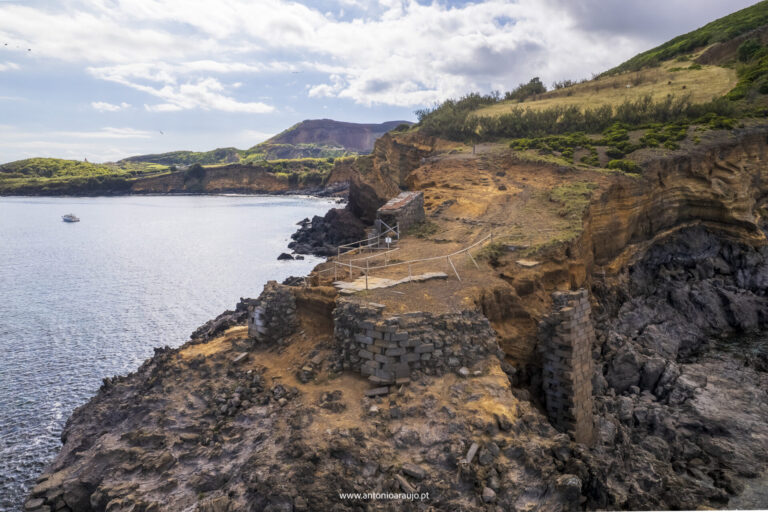
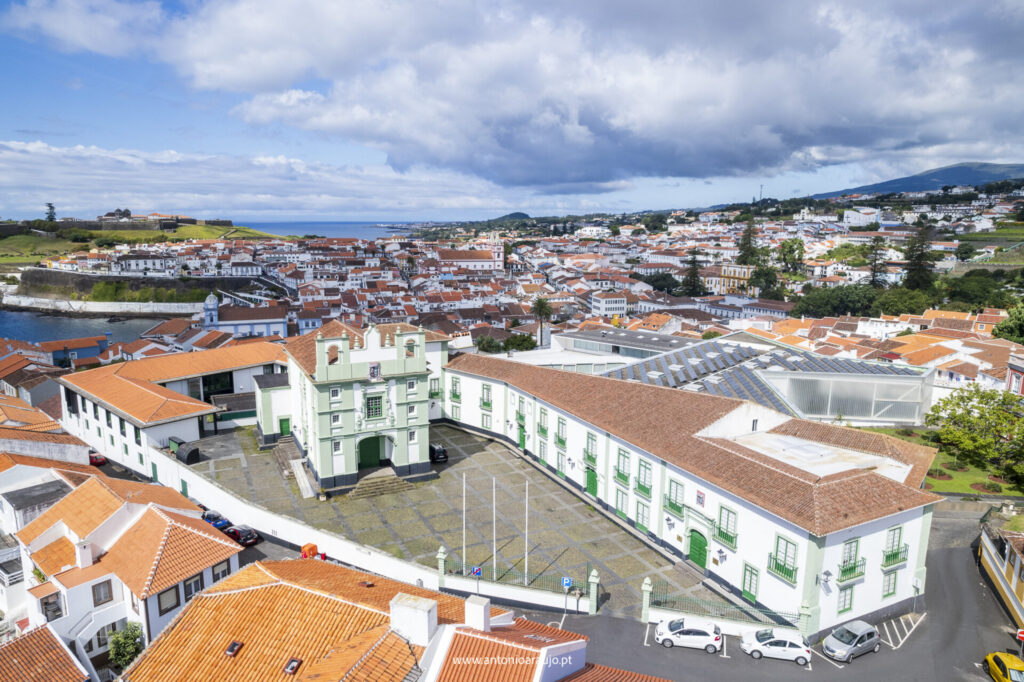
Provedoria das Armadas, or Solar dos Remédios
In 1527, a nobleman named Pero Anes do Canto was appointed as the Provedor das Armadas e Fortificações (title for the Portuguese Navy and Fortifications Ombudsman). He was in charge of waiting for the India ships near Corvo and escorting them to the port of Angra, where they would be resupplied with provisions, water and any needed repairs. Additionally, he patrolled the waters around the islands, perpetually infested with privateers ready to attack and plunder defenceless ships and settlements.
Download the brochure for more information
Professionals who can guide you on this roadmap:
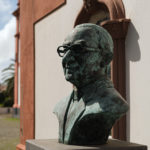
Filipe Rocha
Tourist Guide
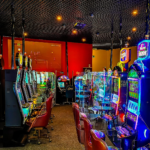
Azores Touch
www.azorestouch.com
915 275 997

Filipe Rocha
Tourist Guide

Azores Touch
www.azorestouch.com
915 275 997
Share with friends
Facebook
Twitter
LinkedIn
Email
